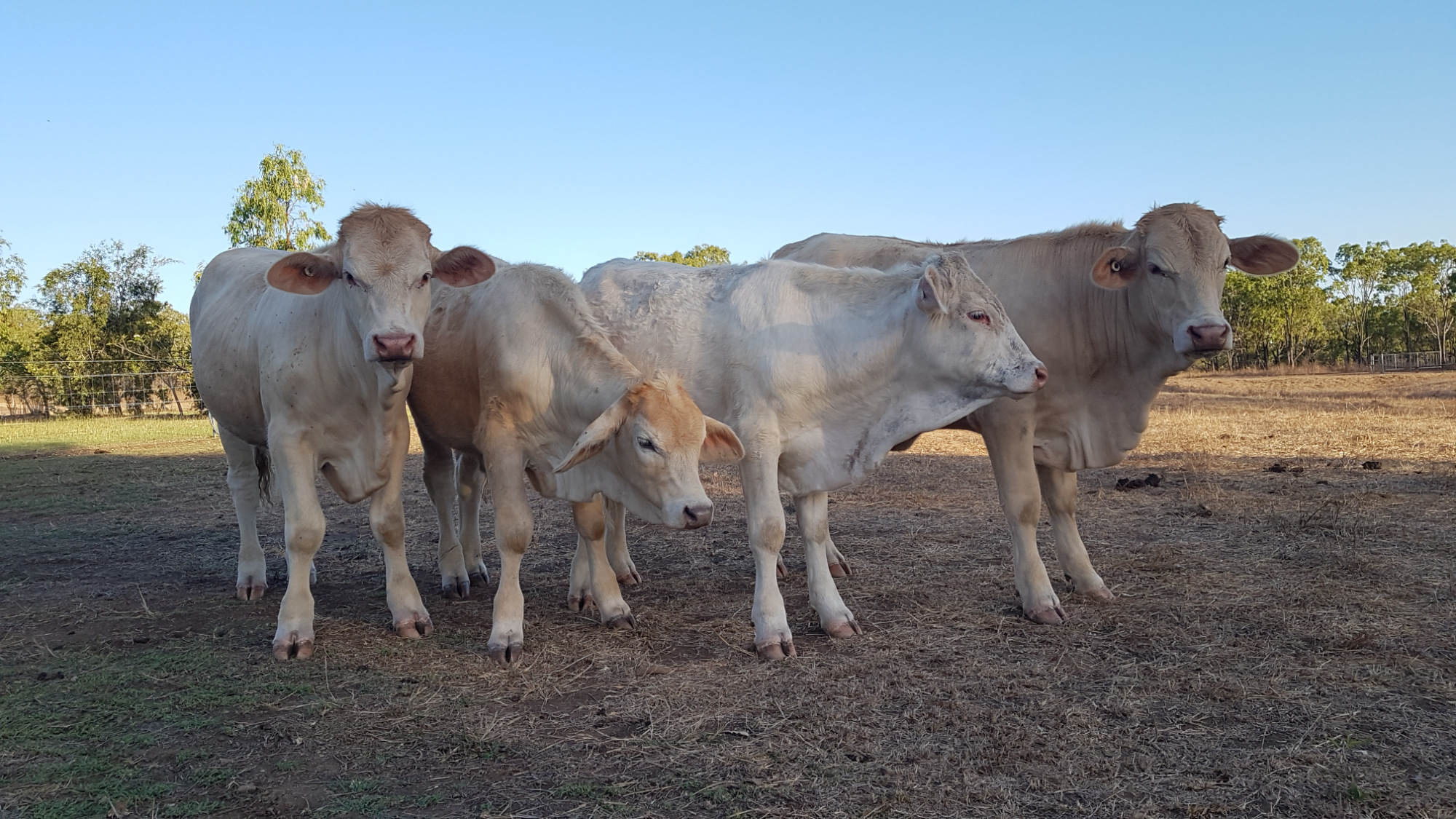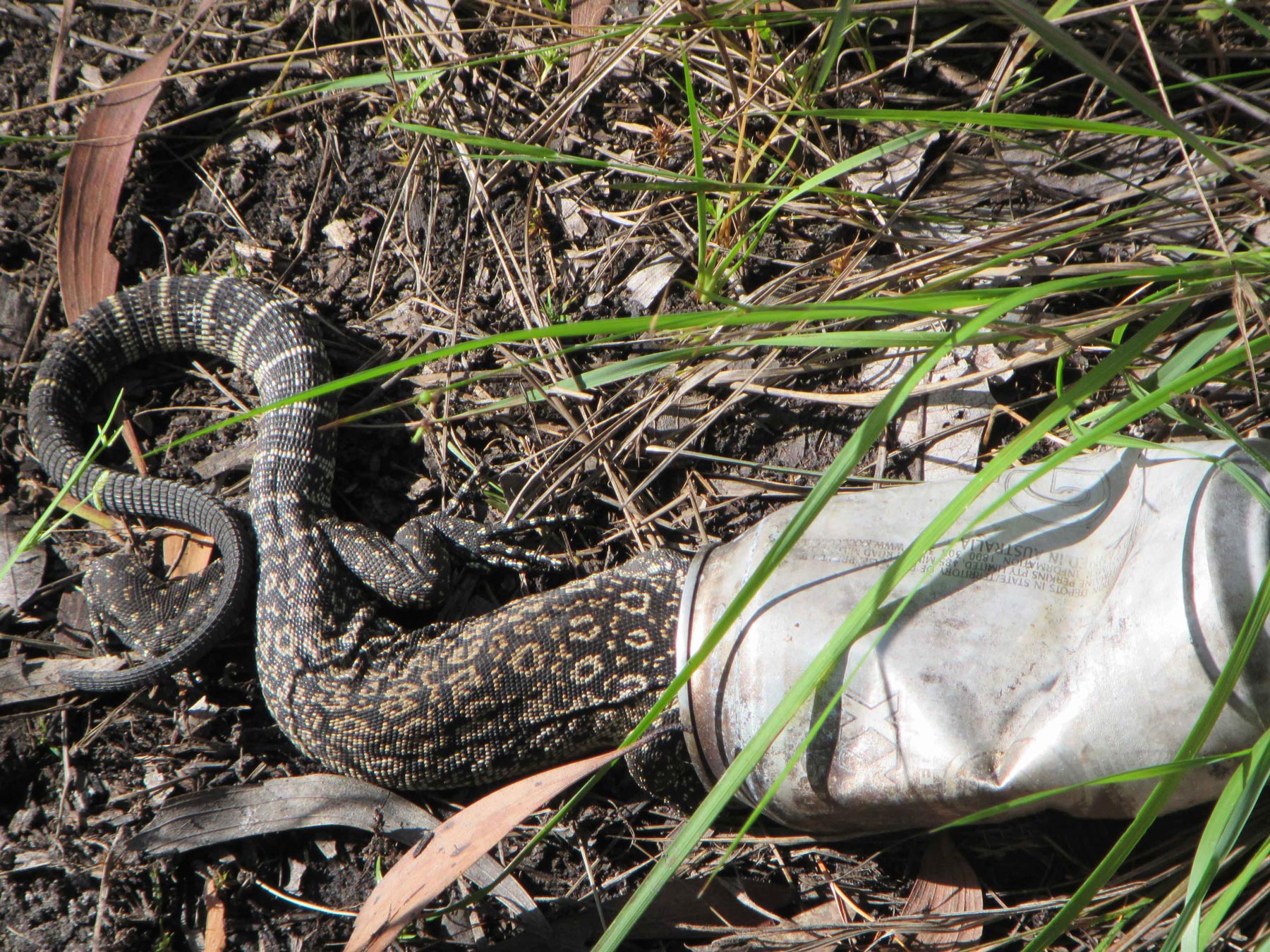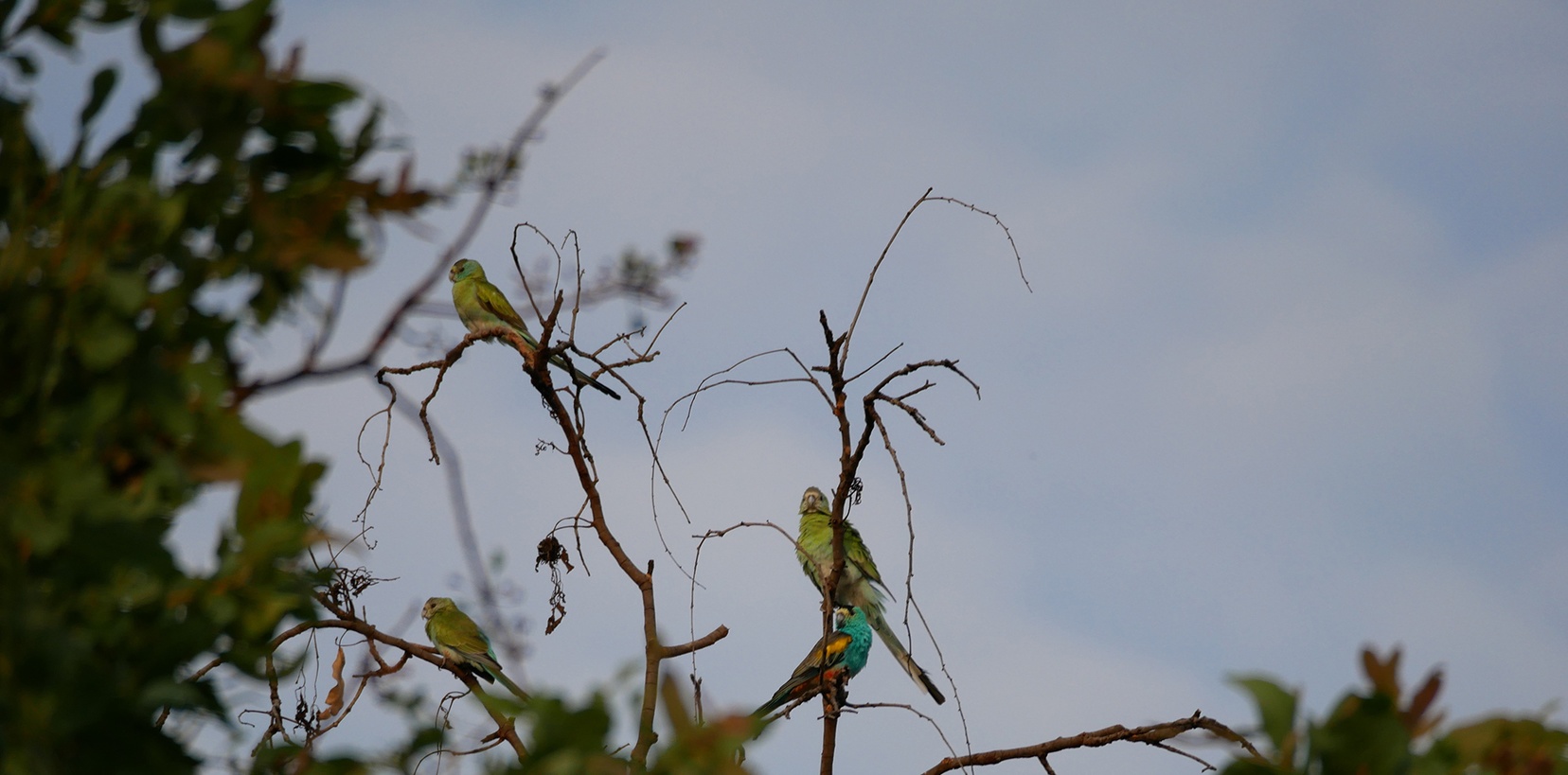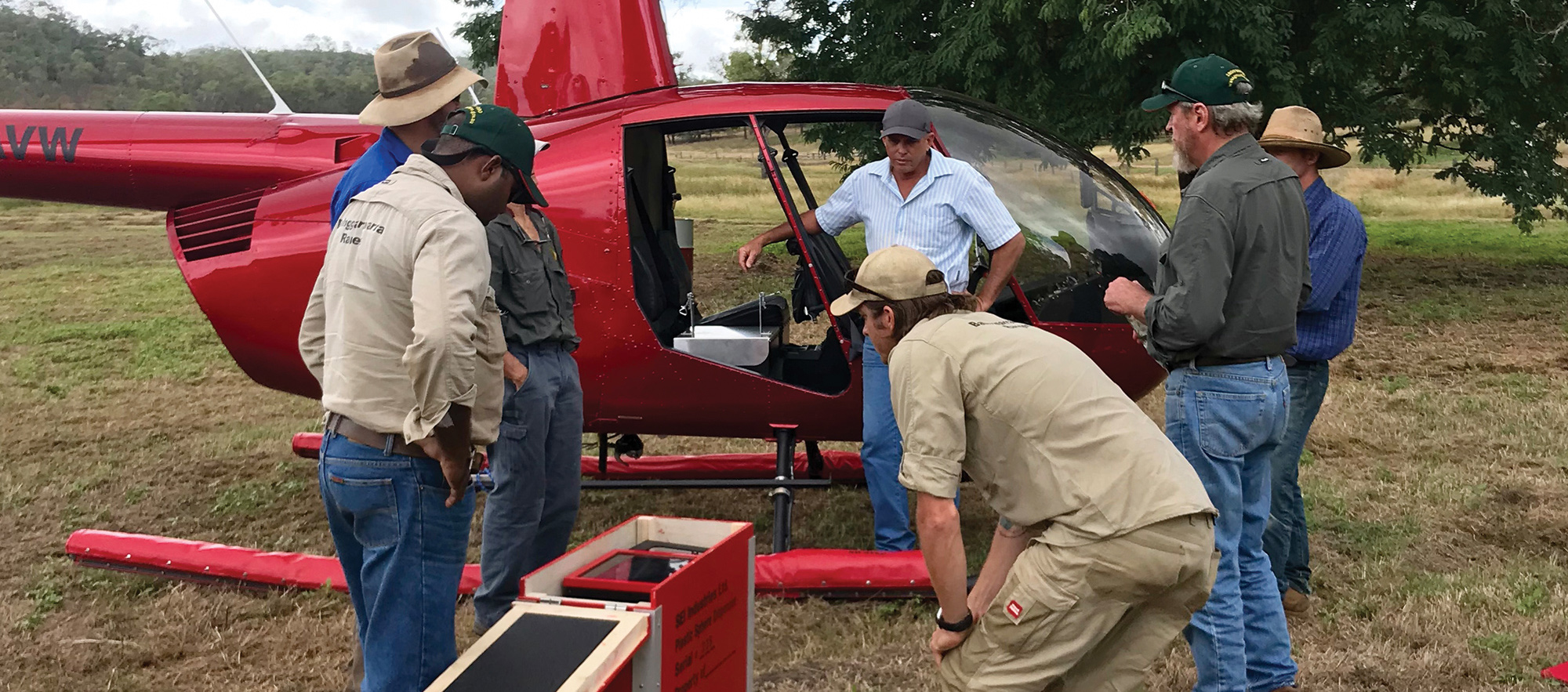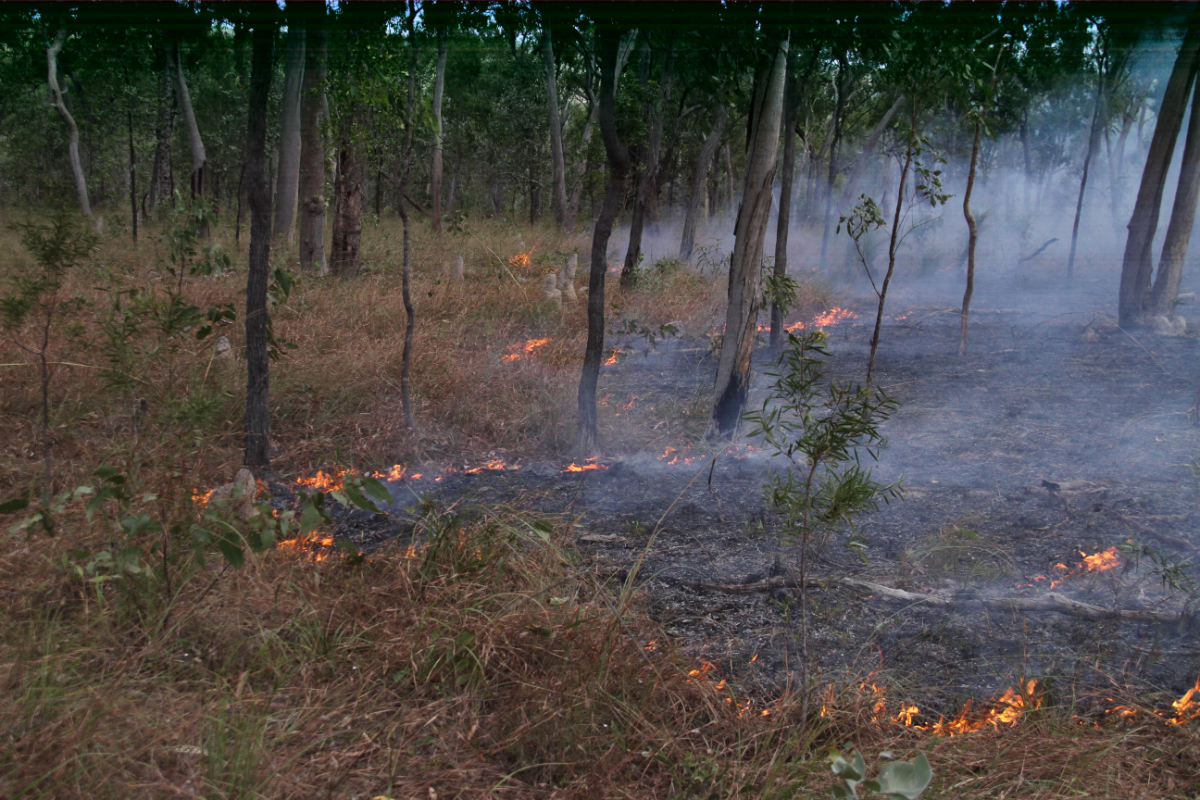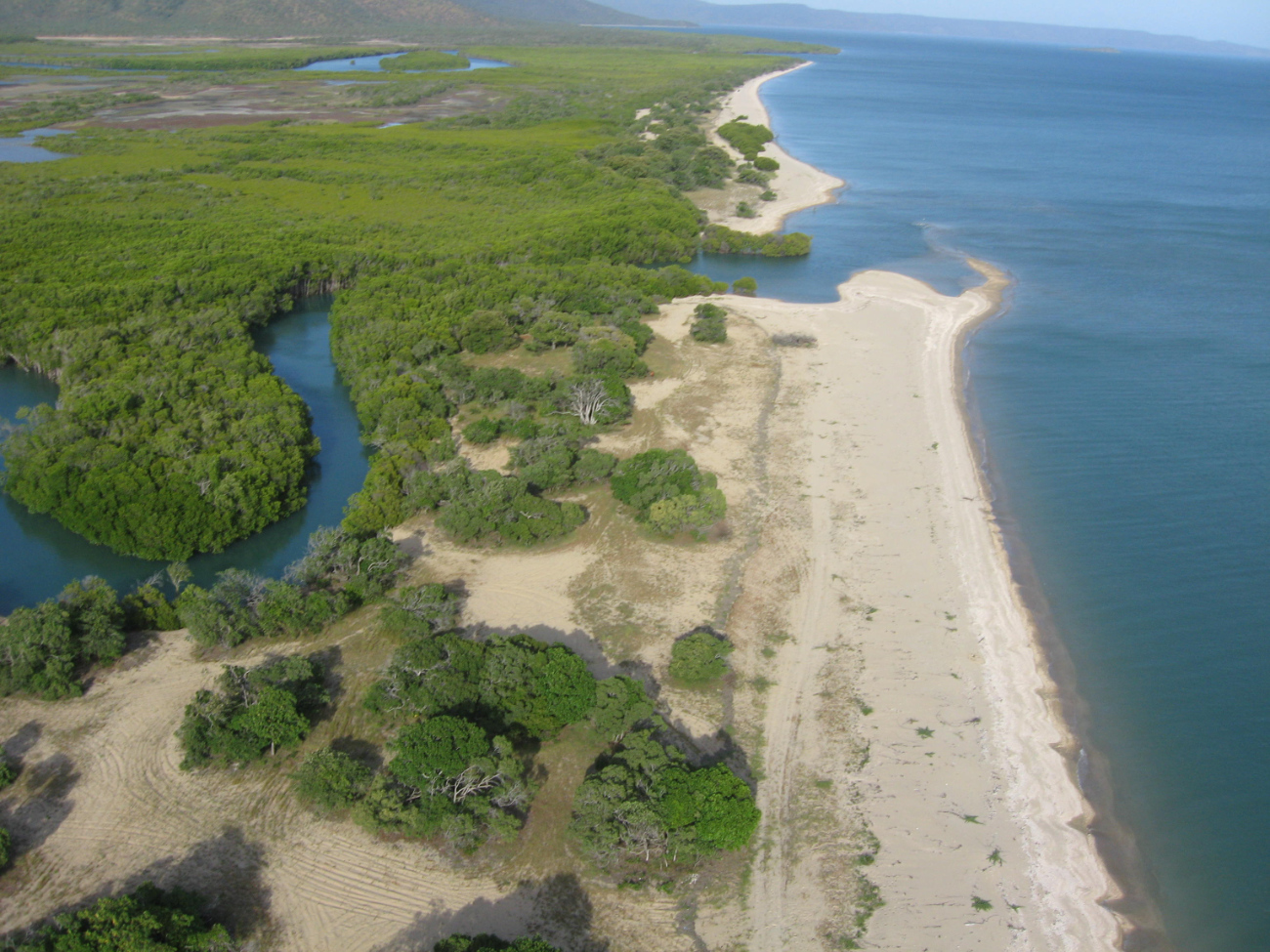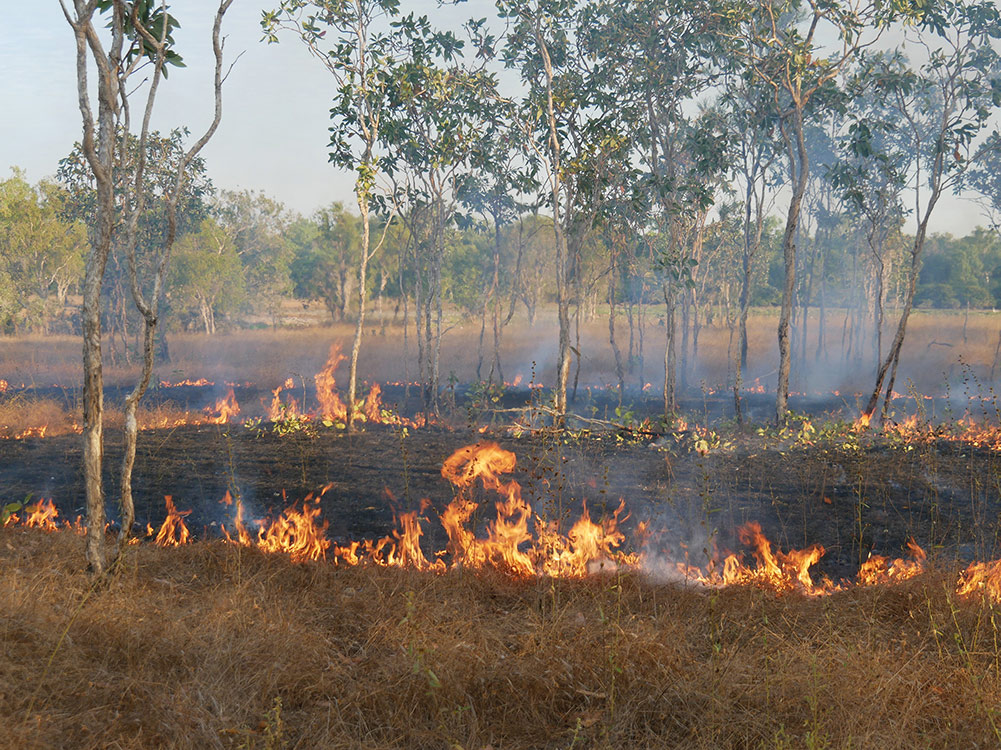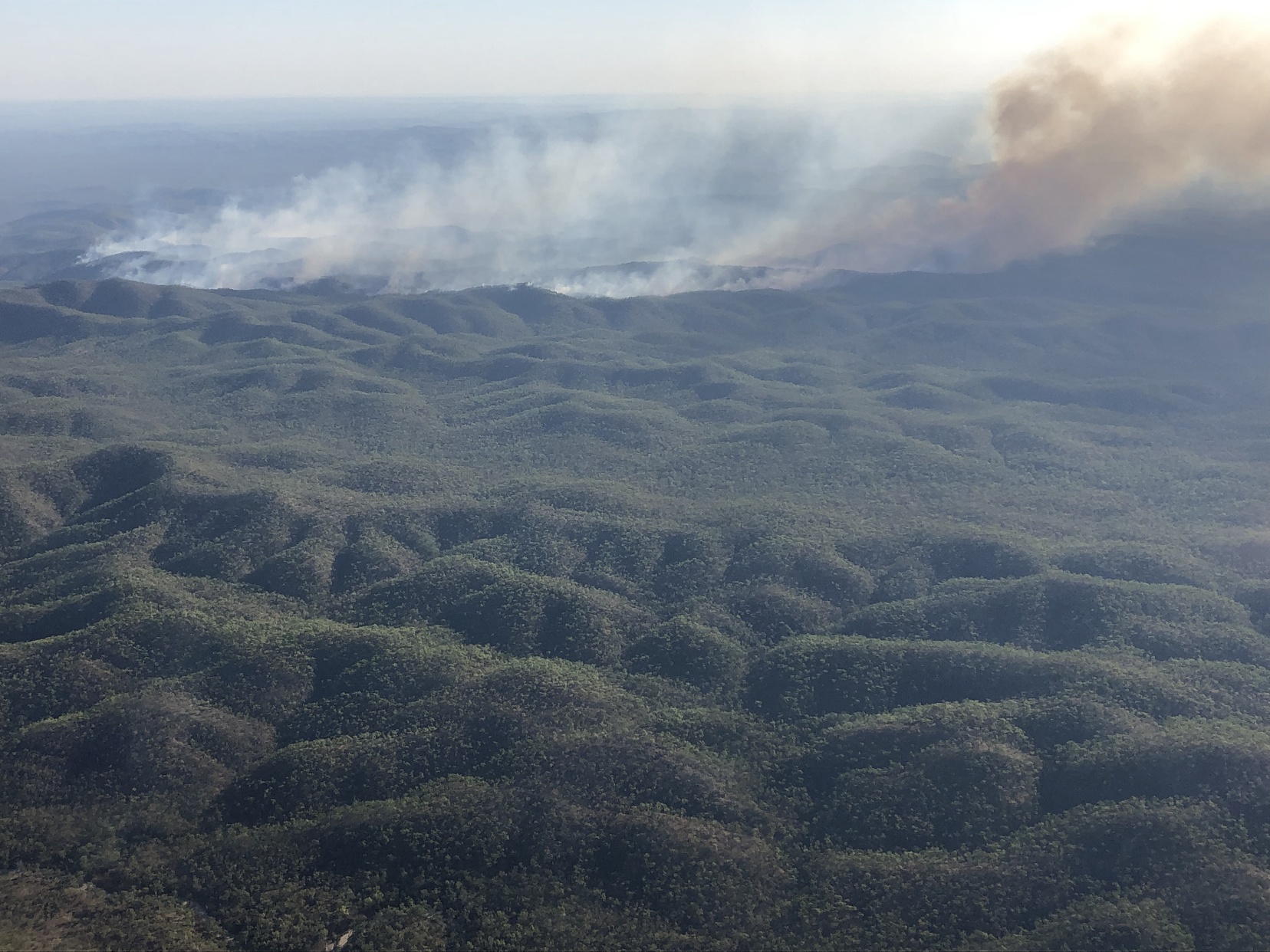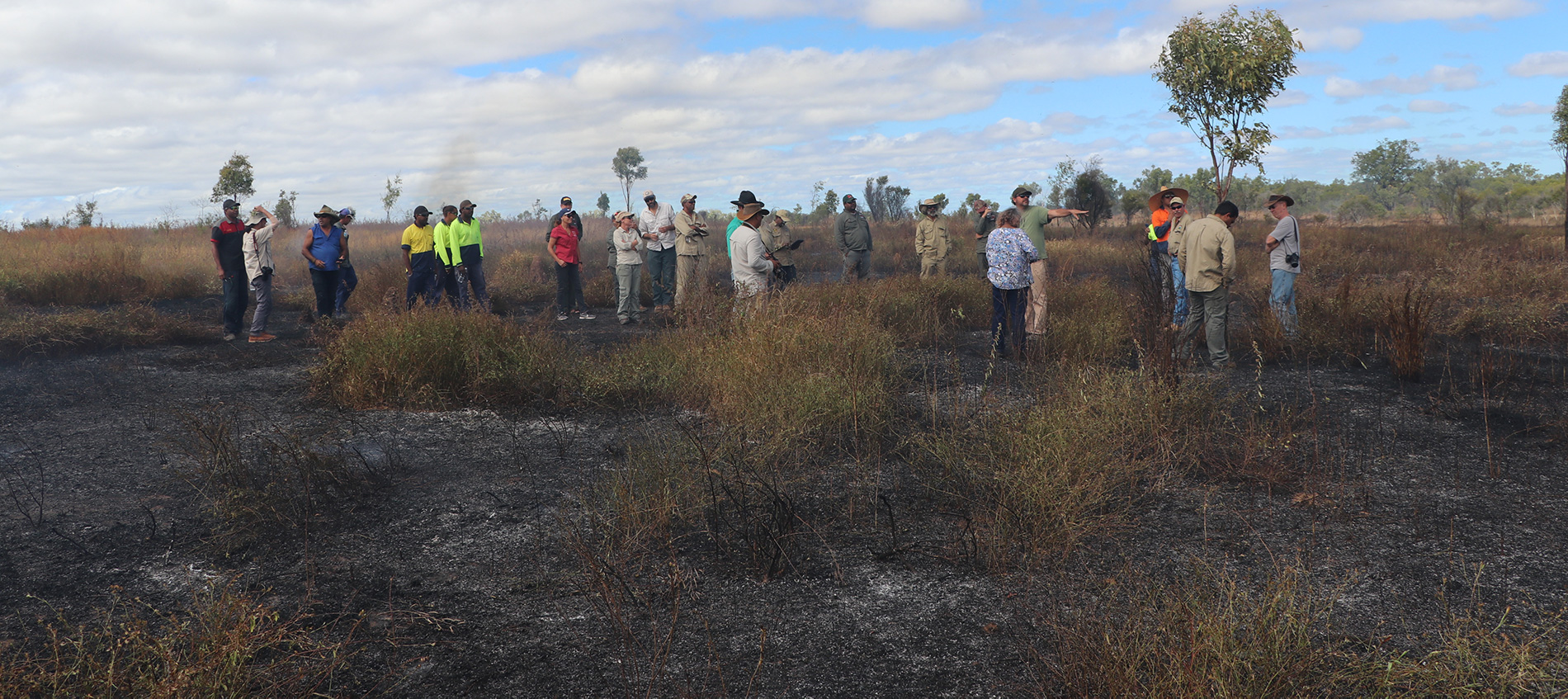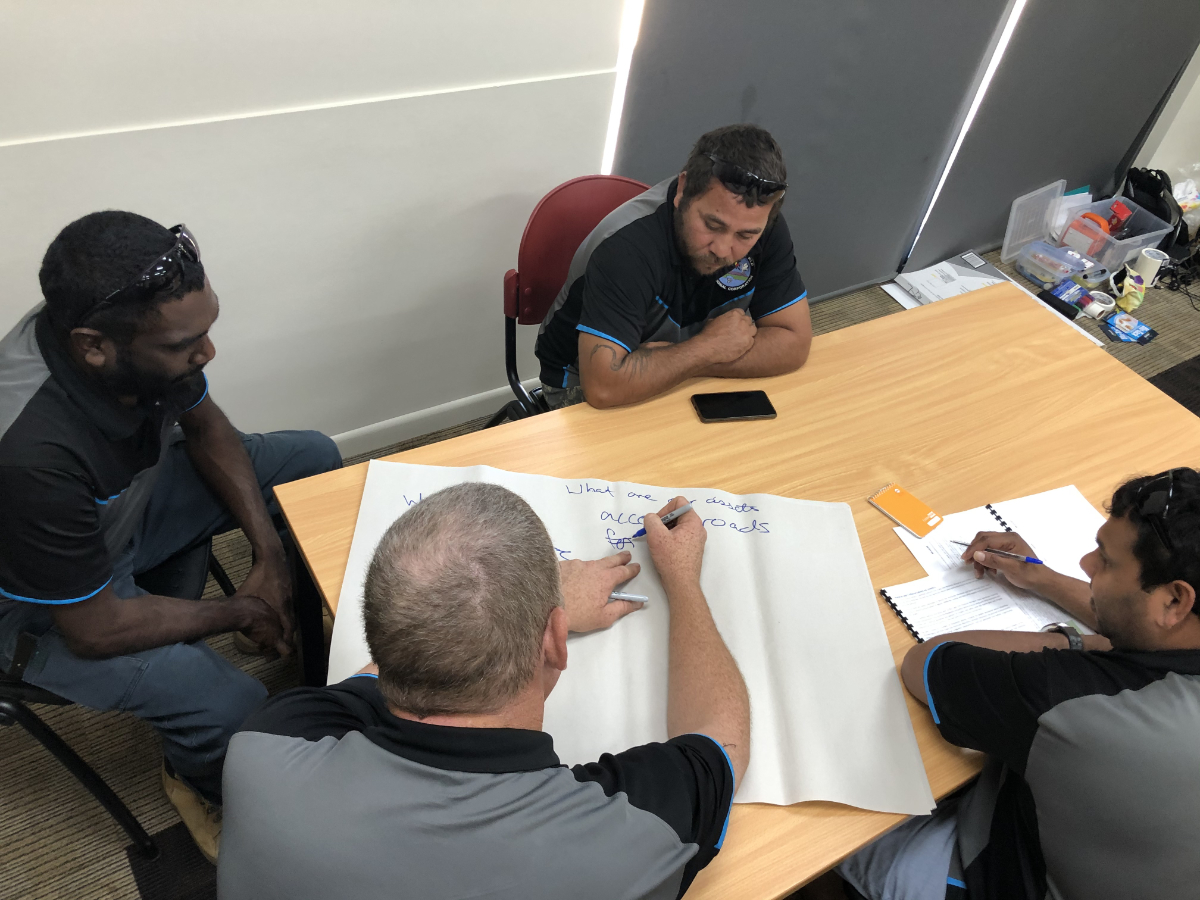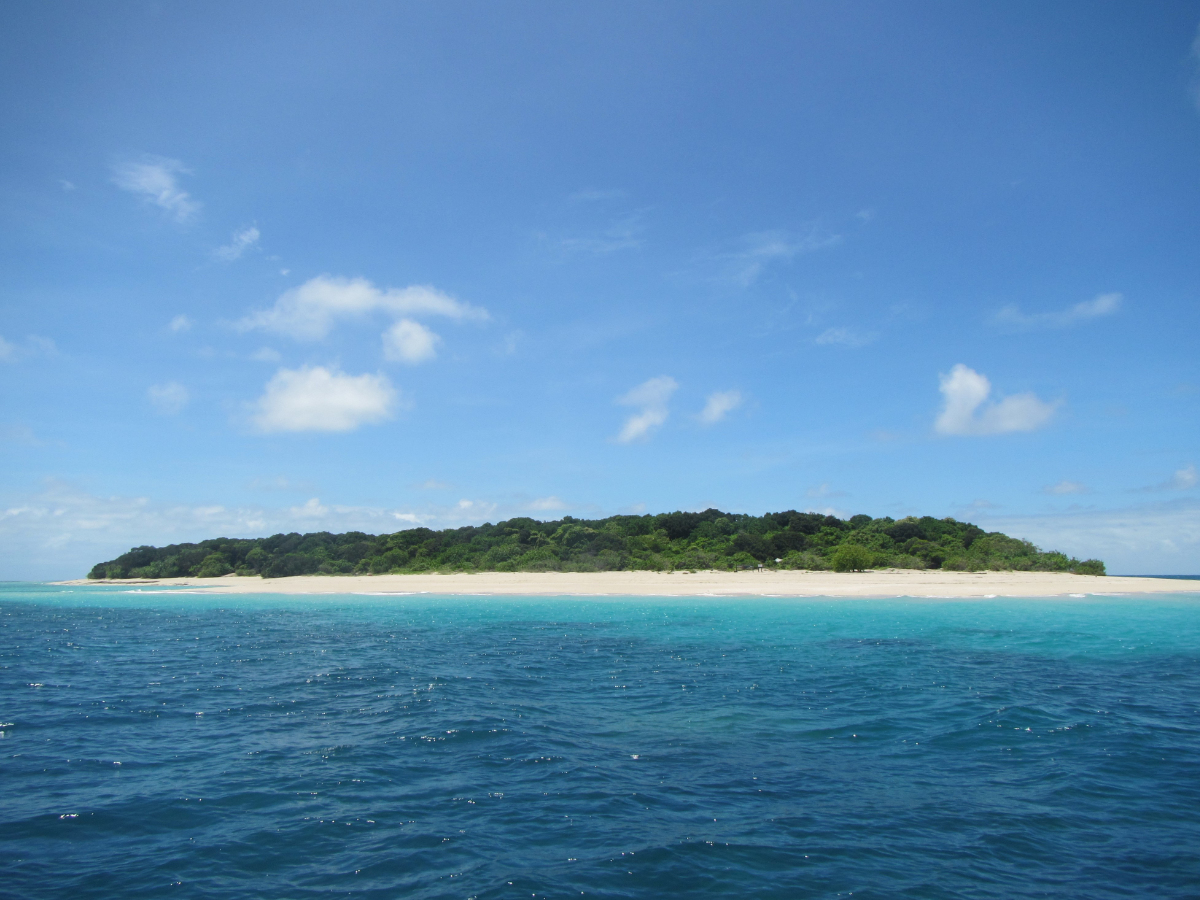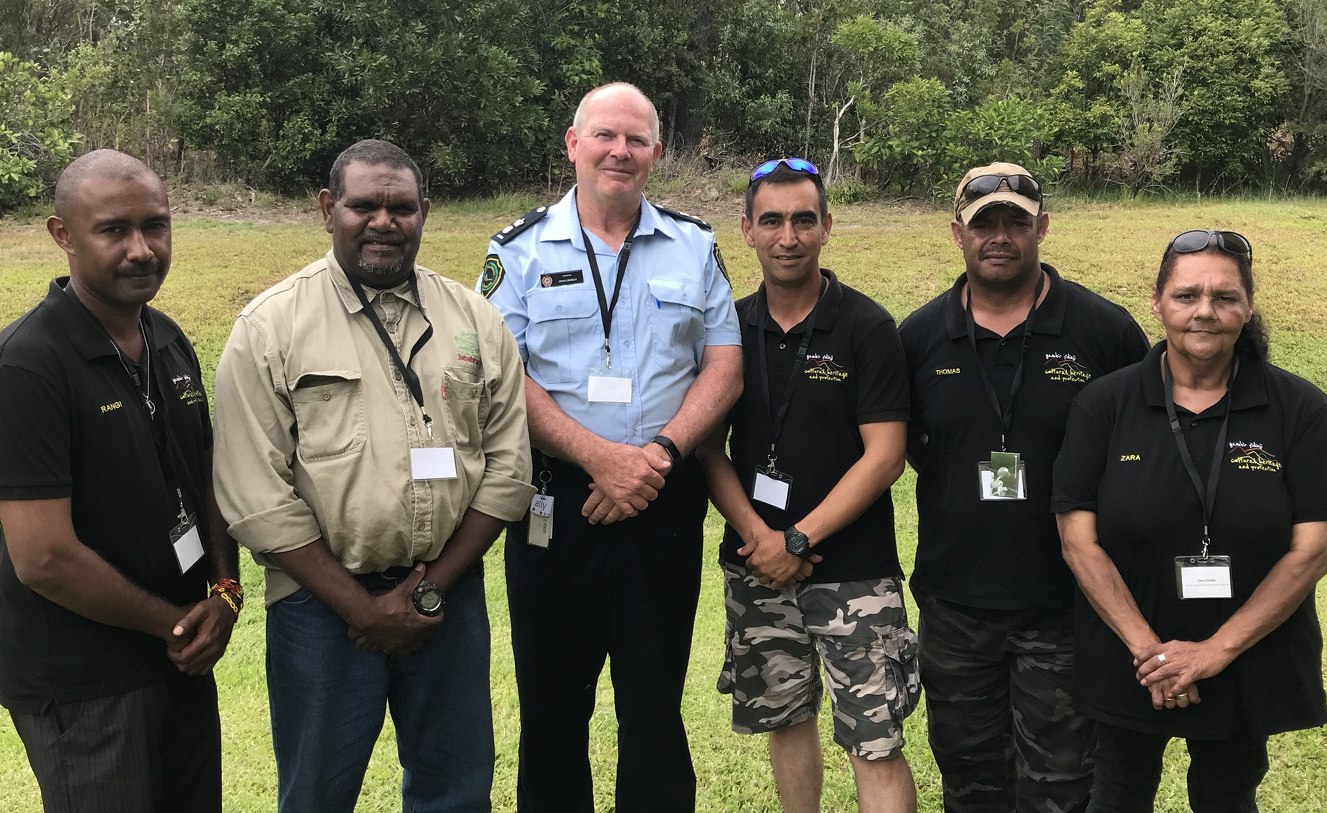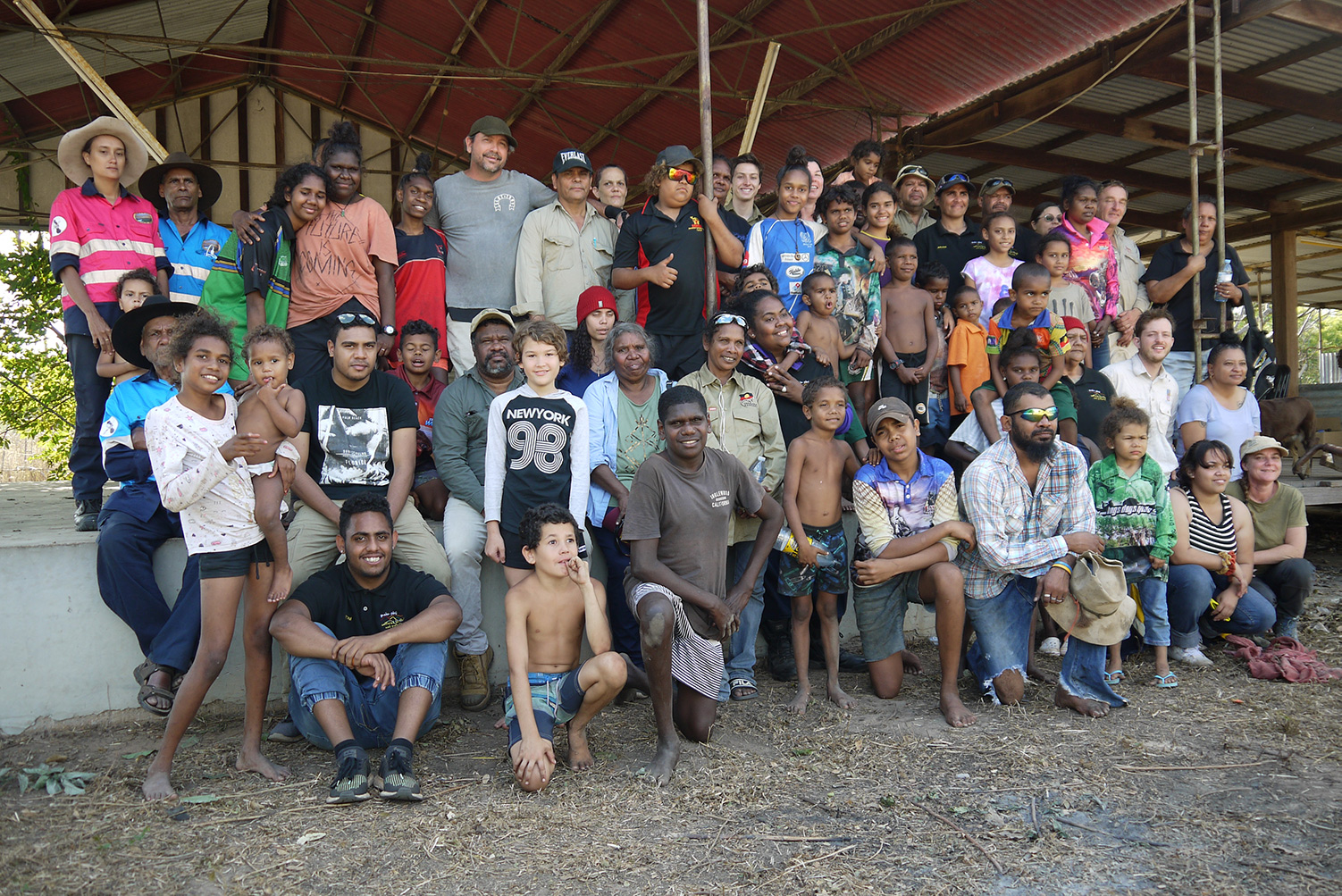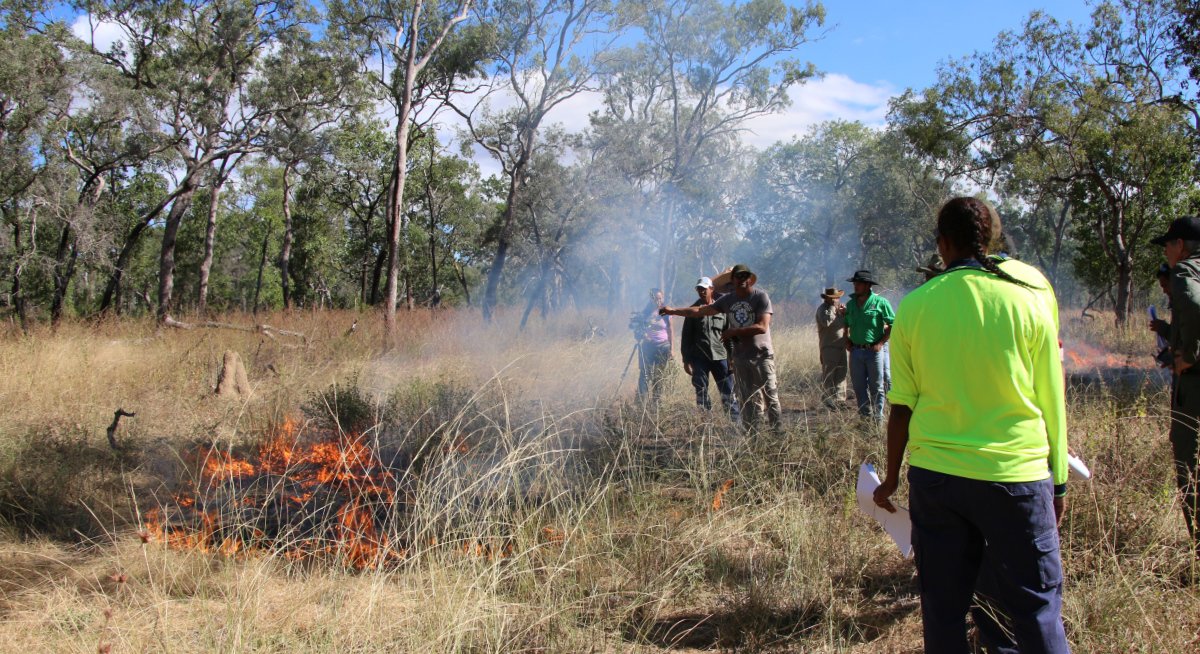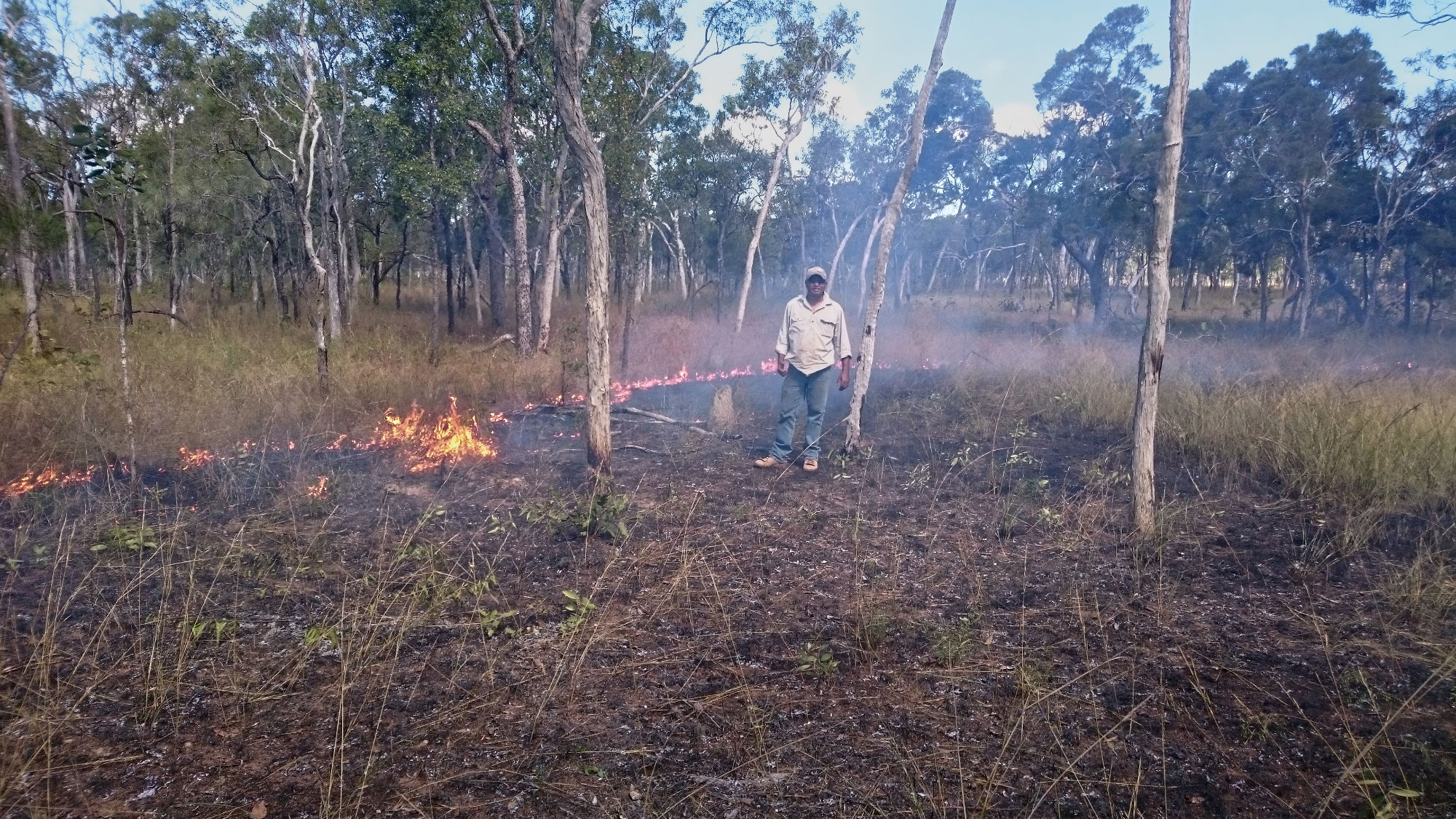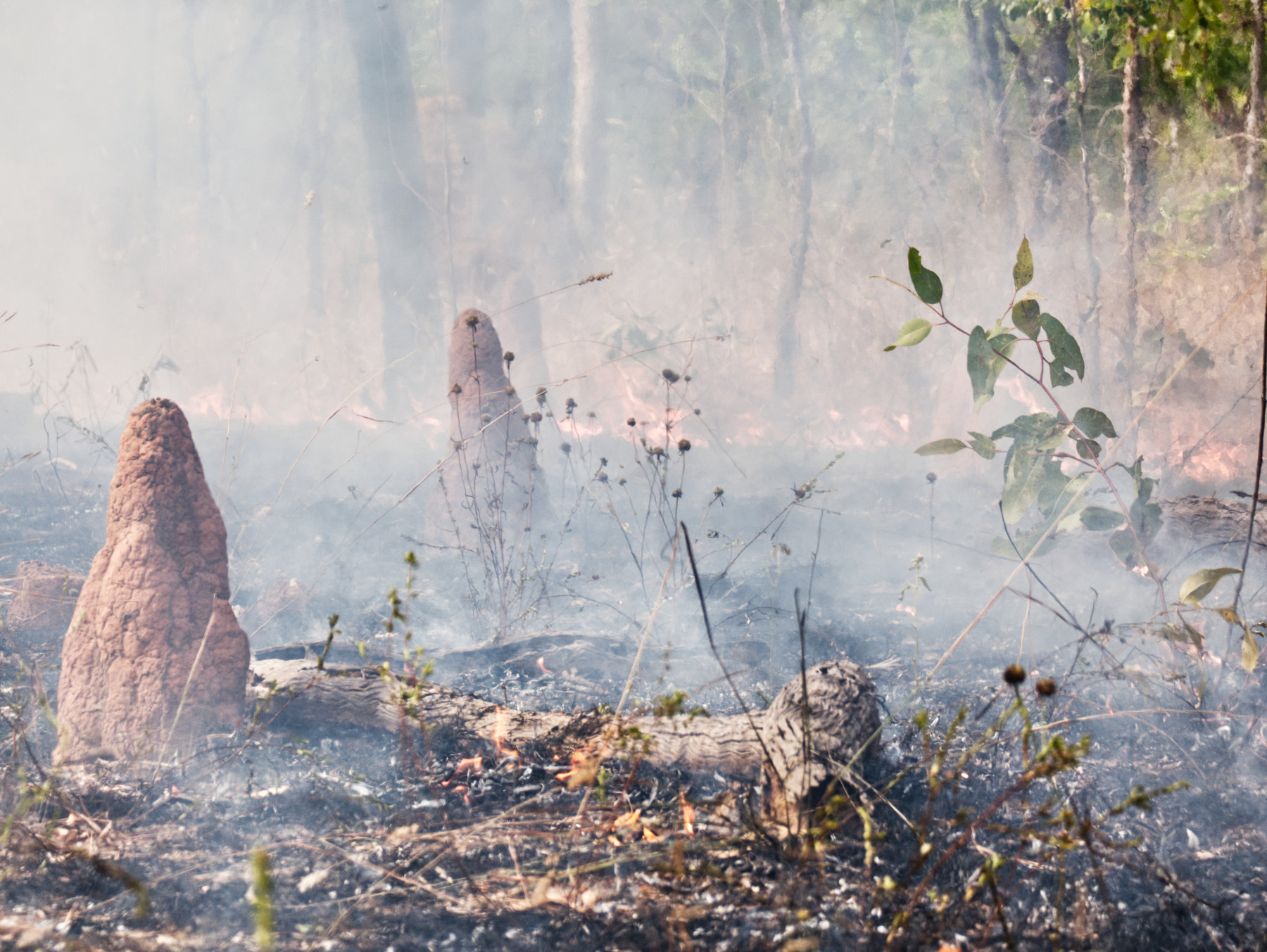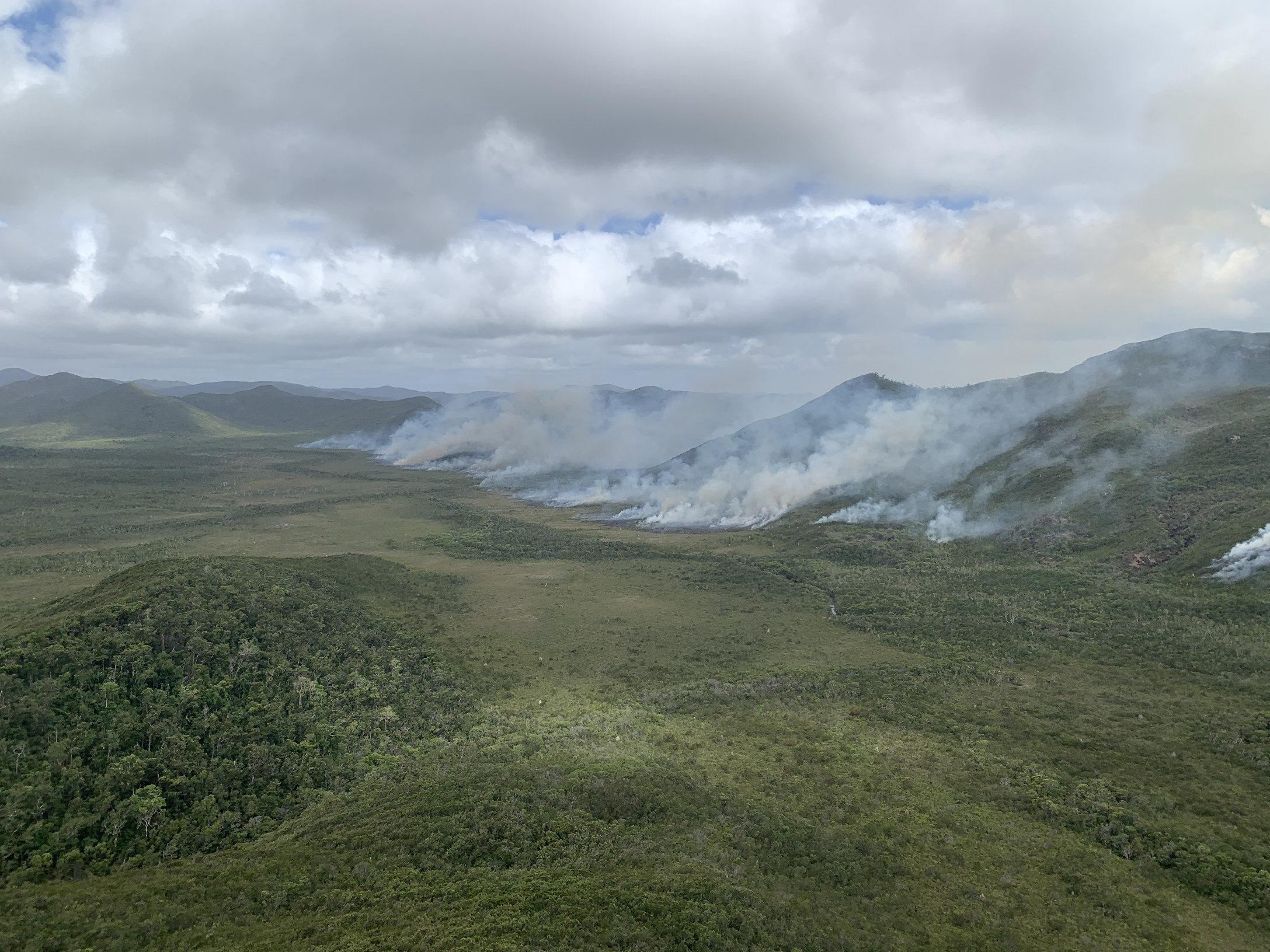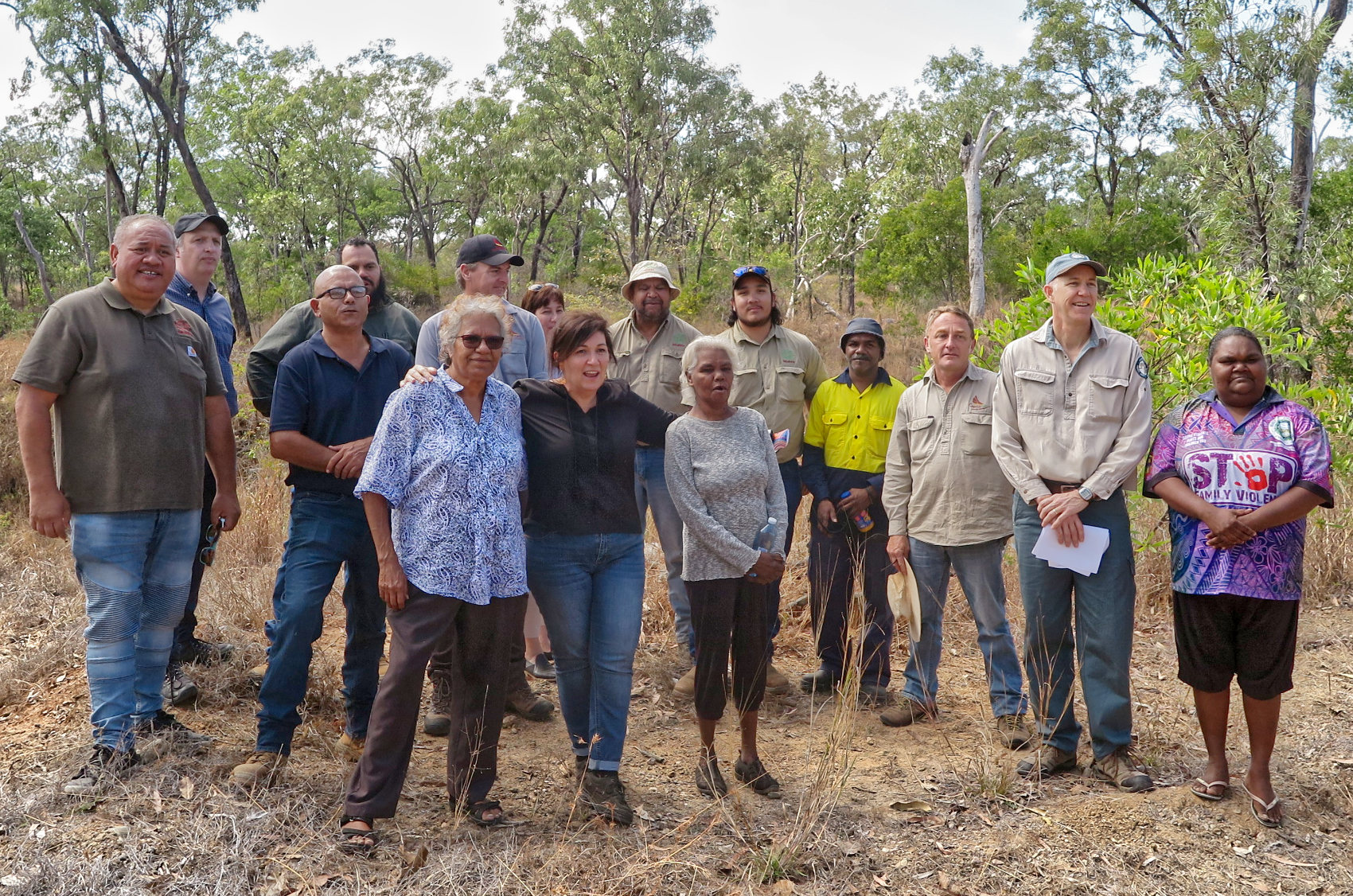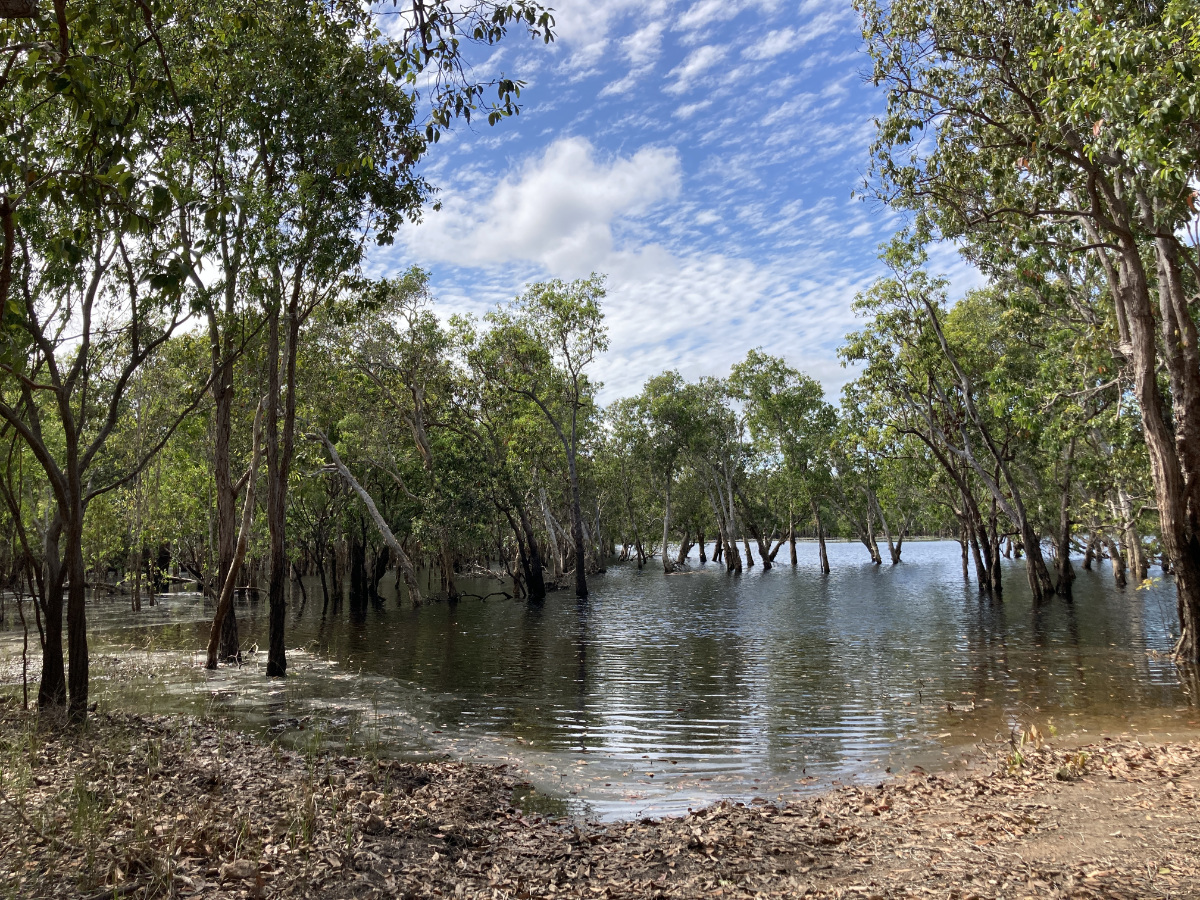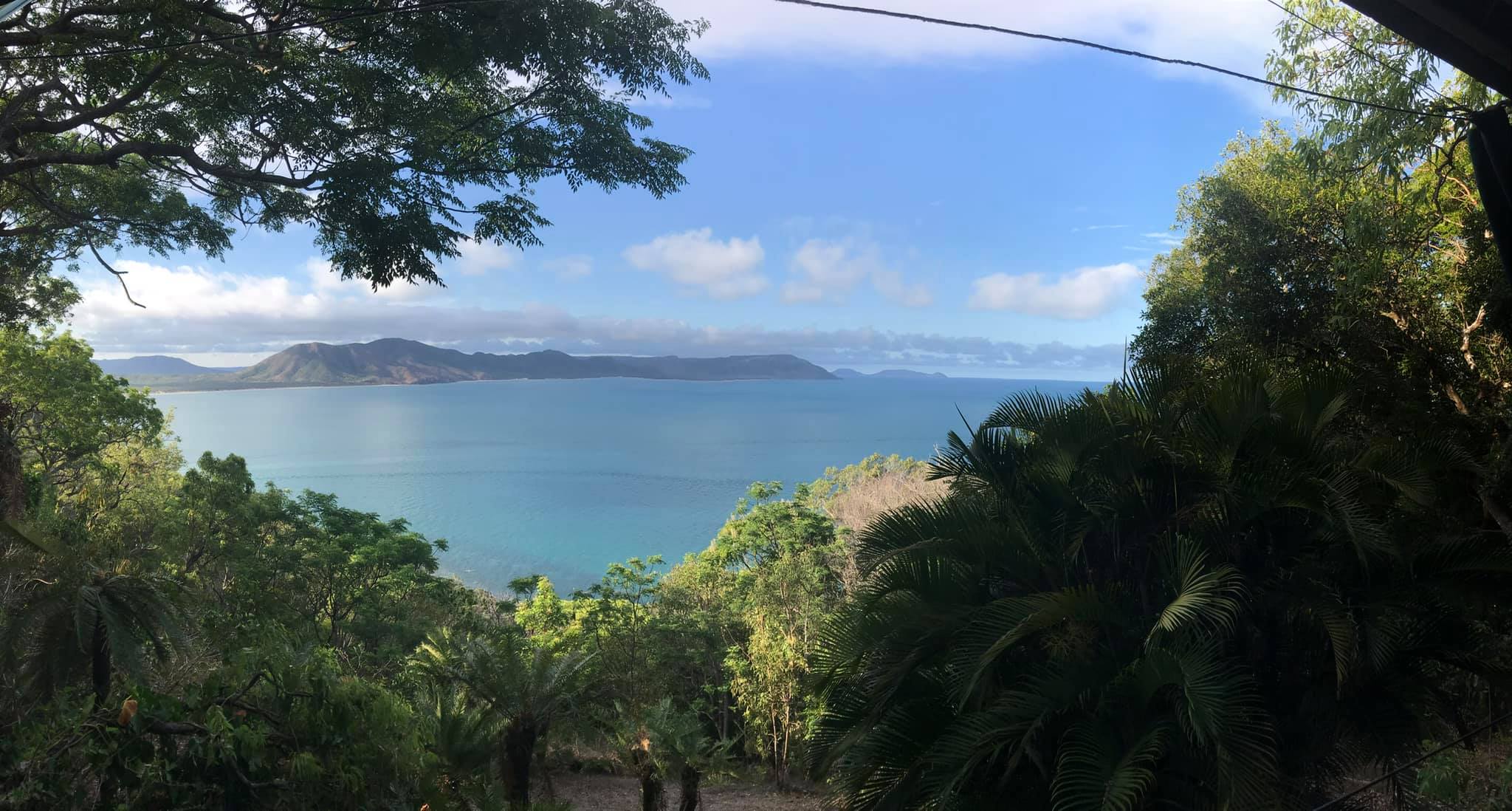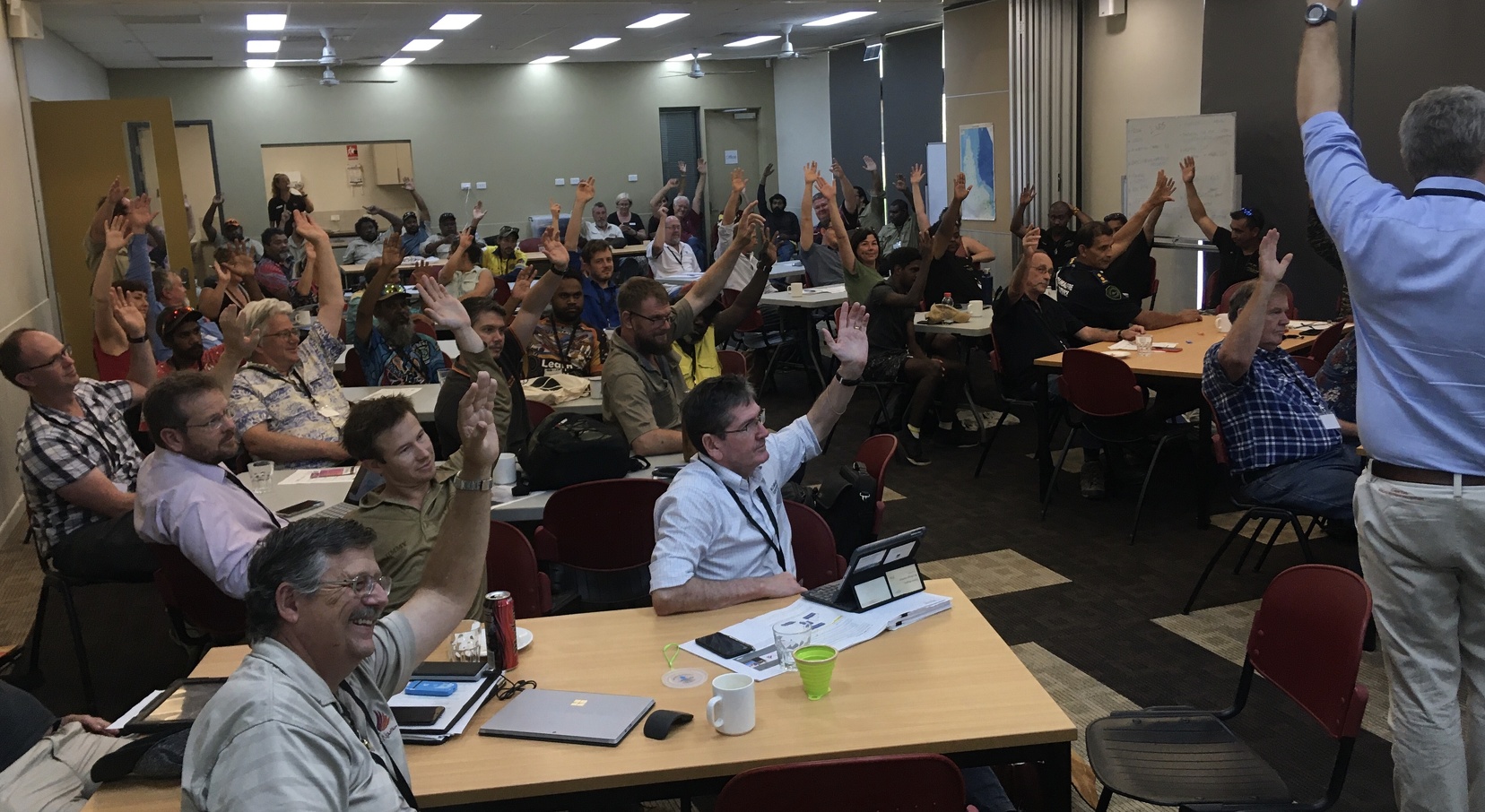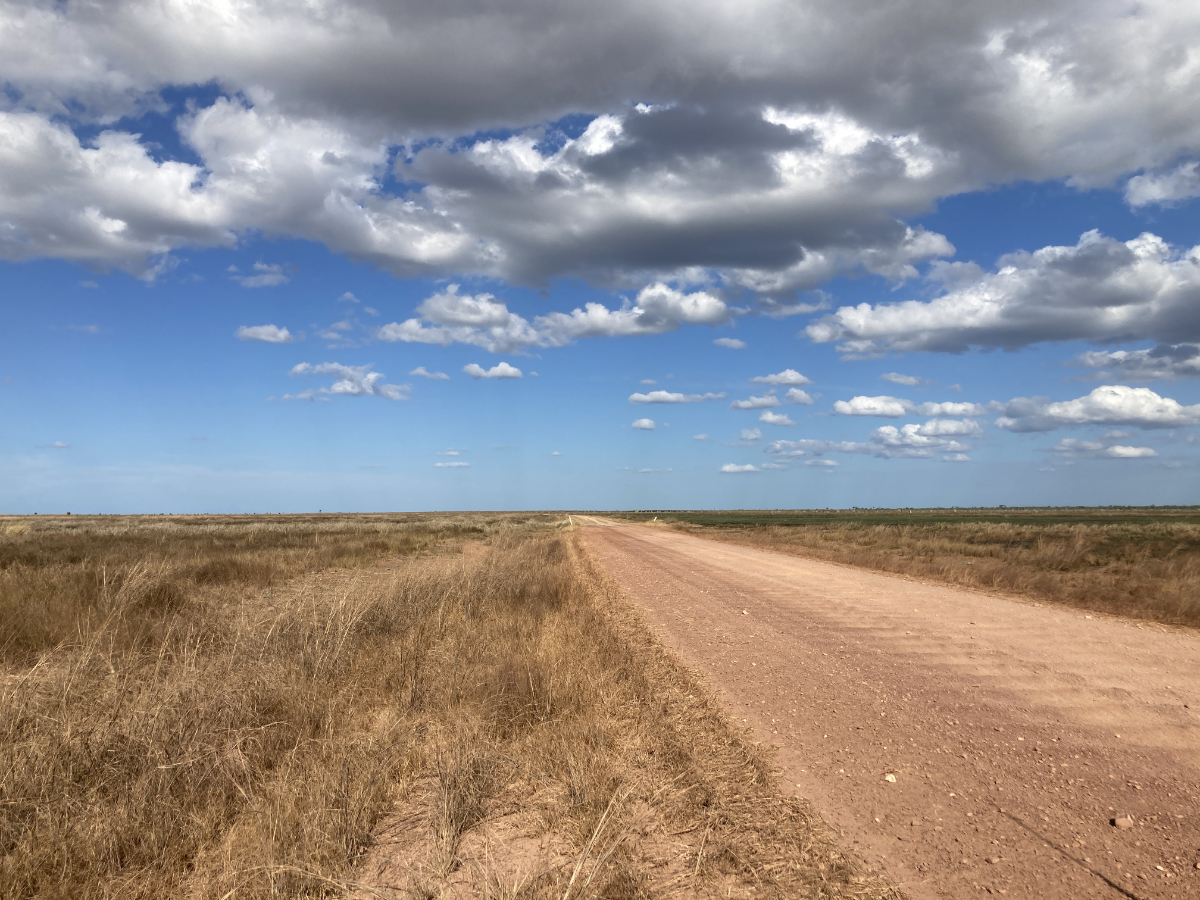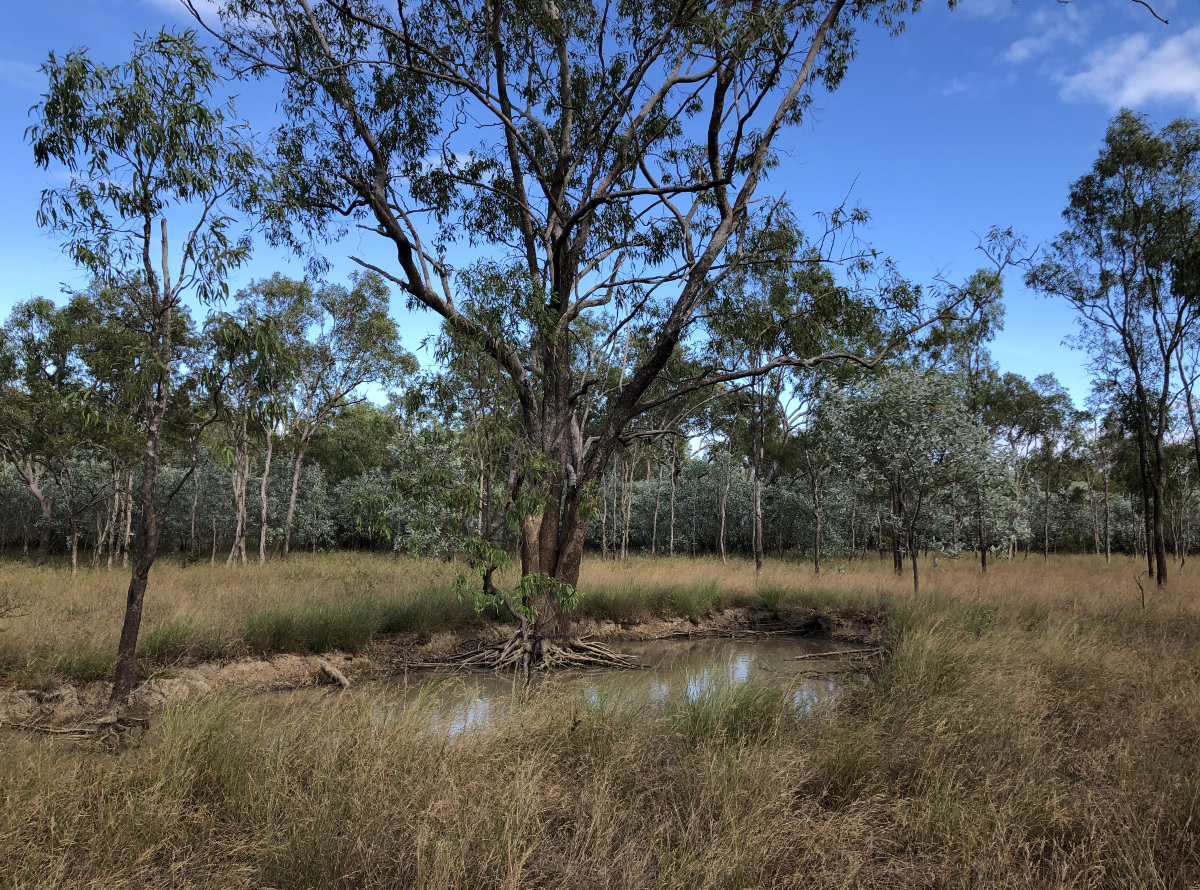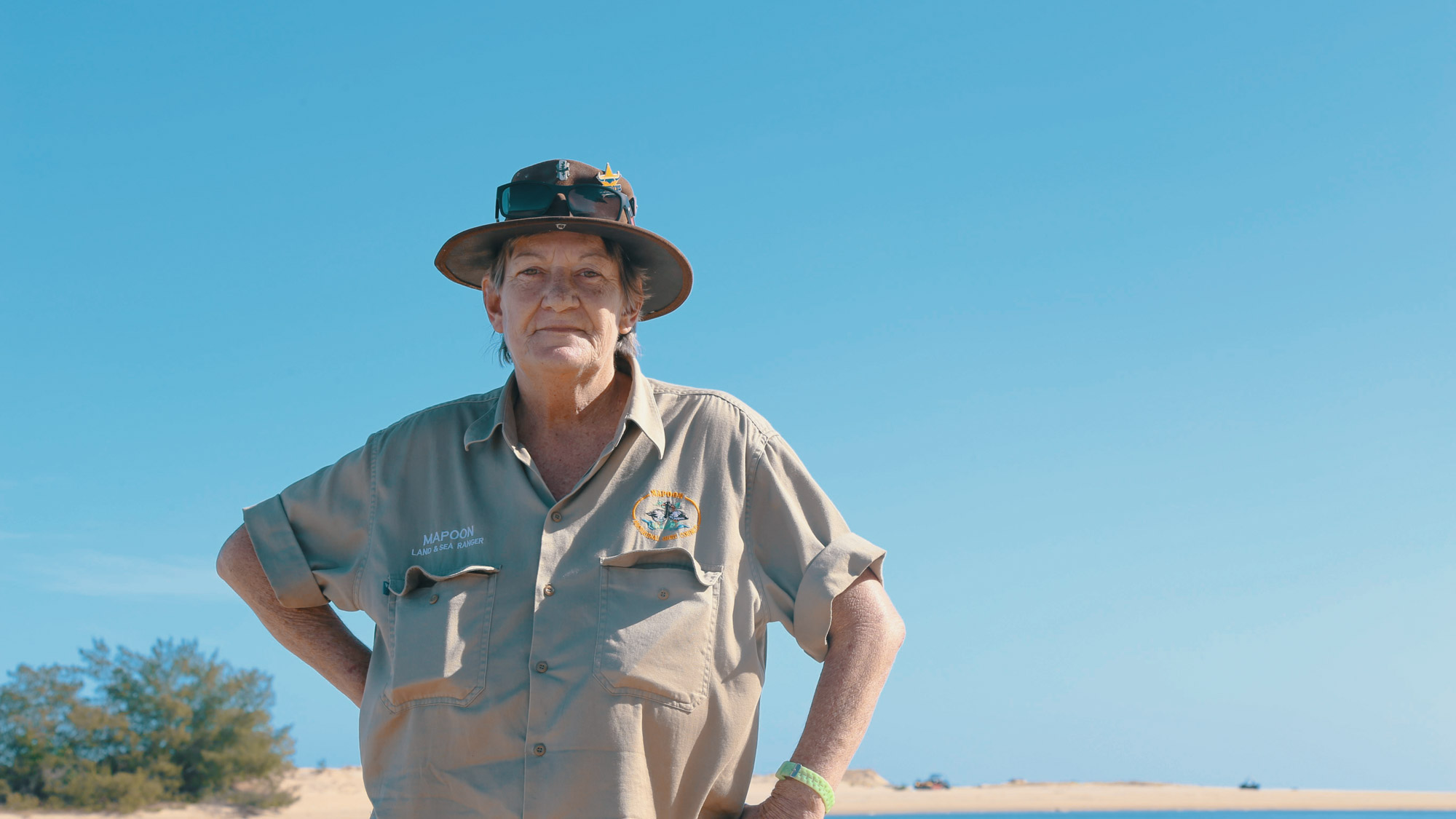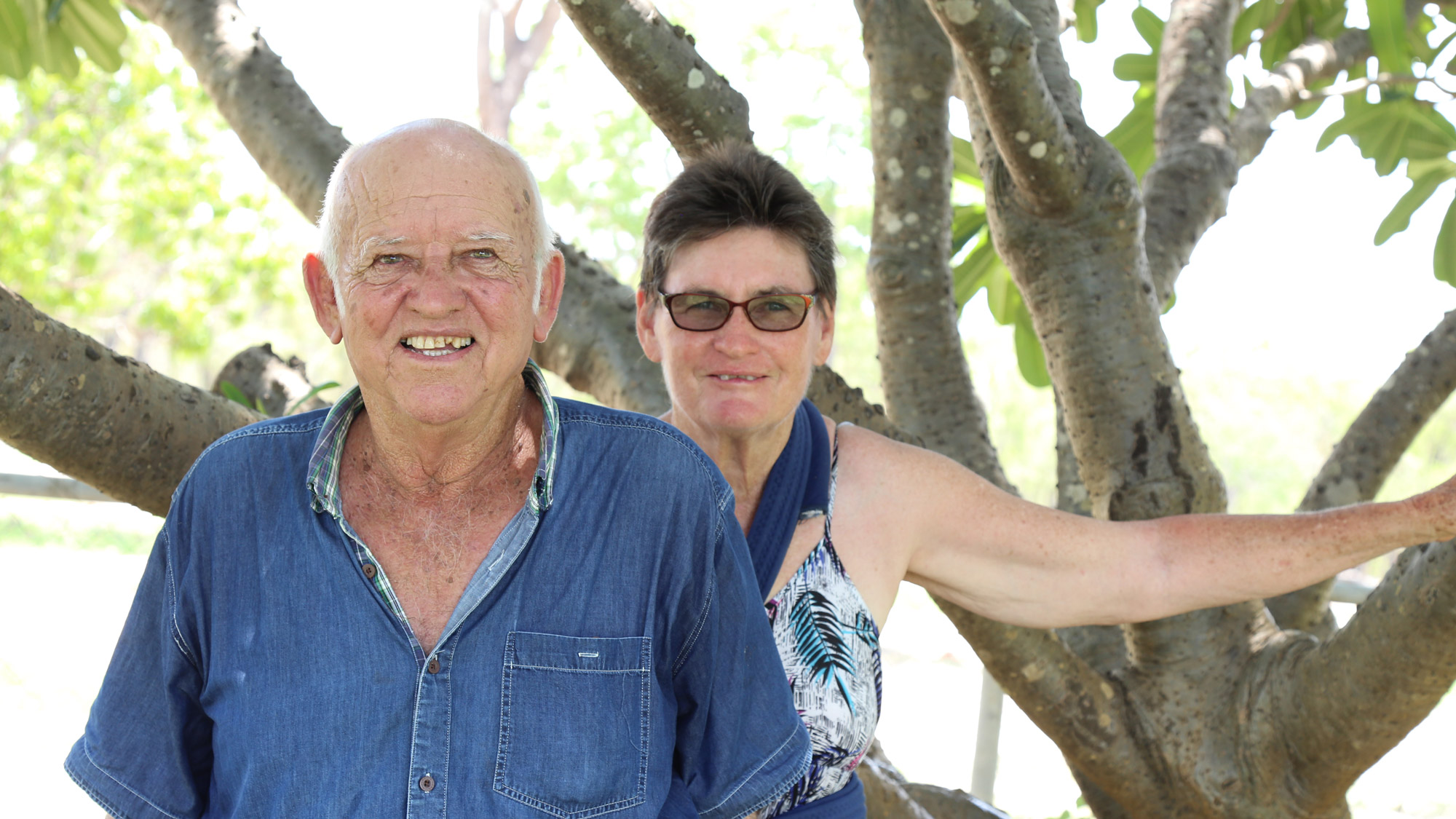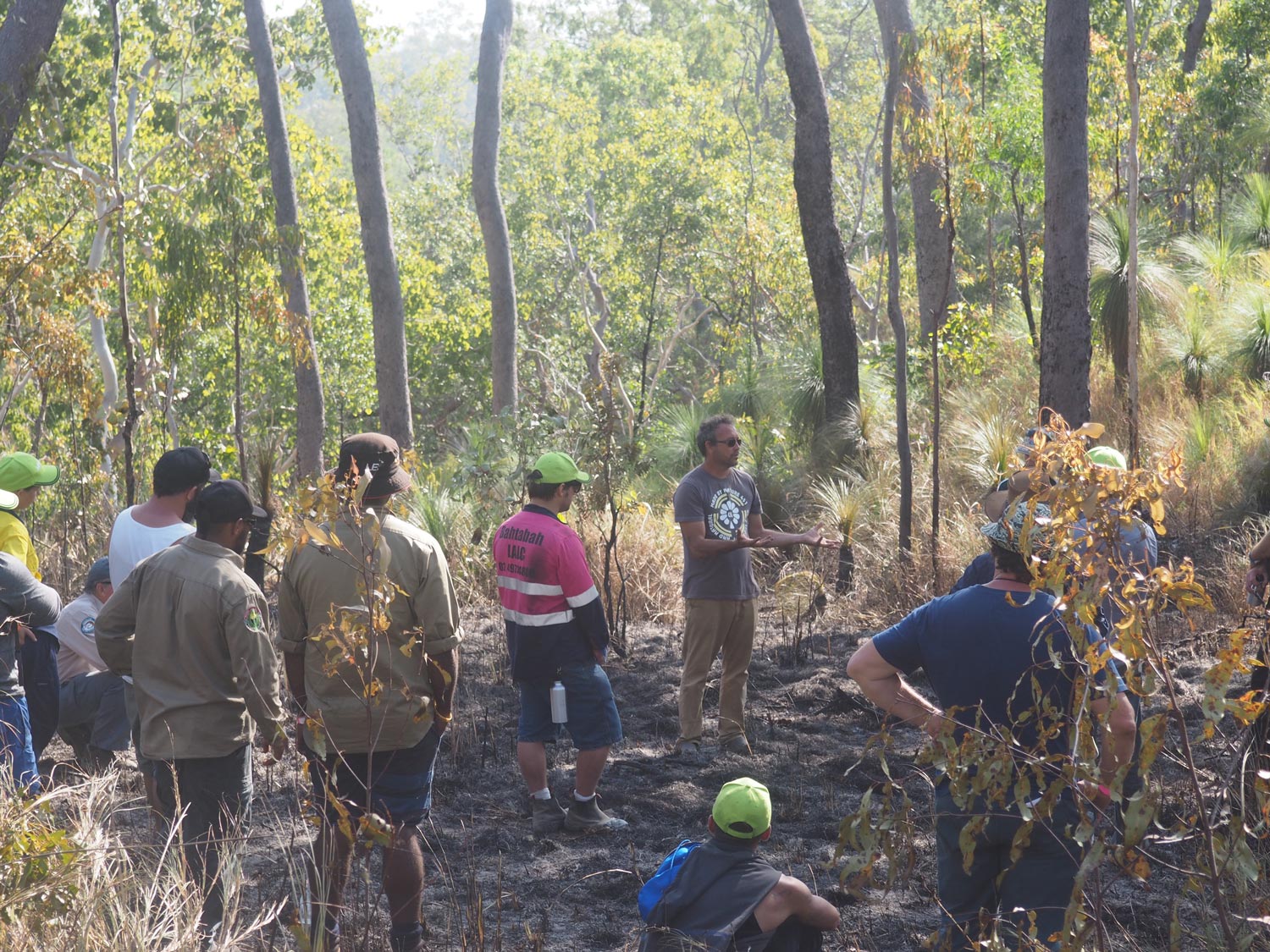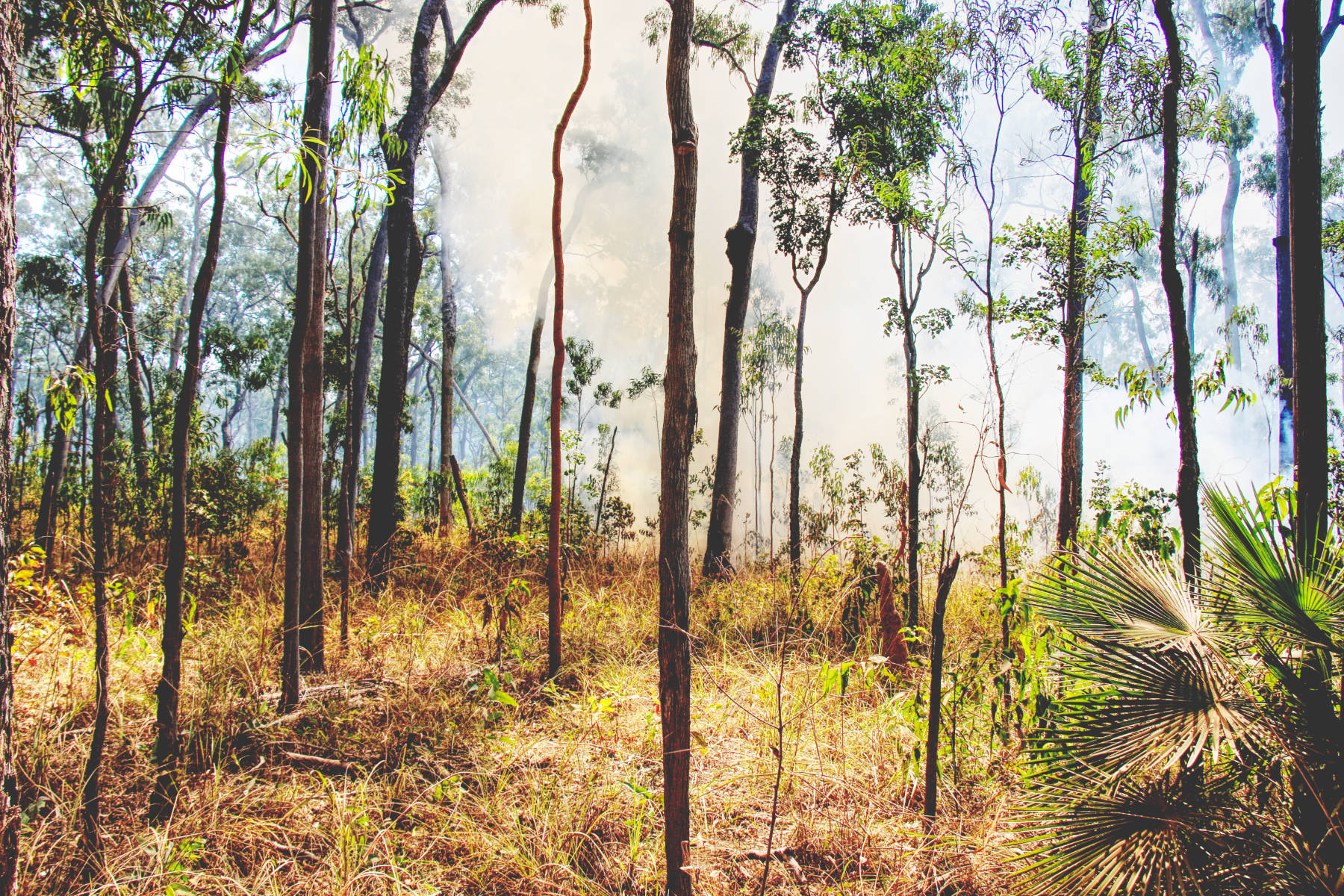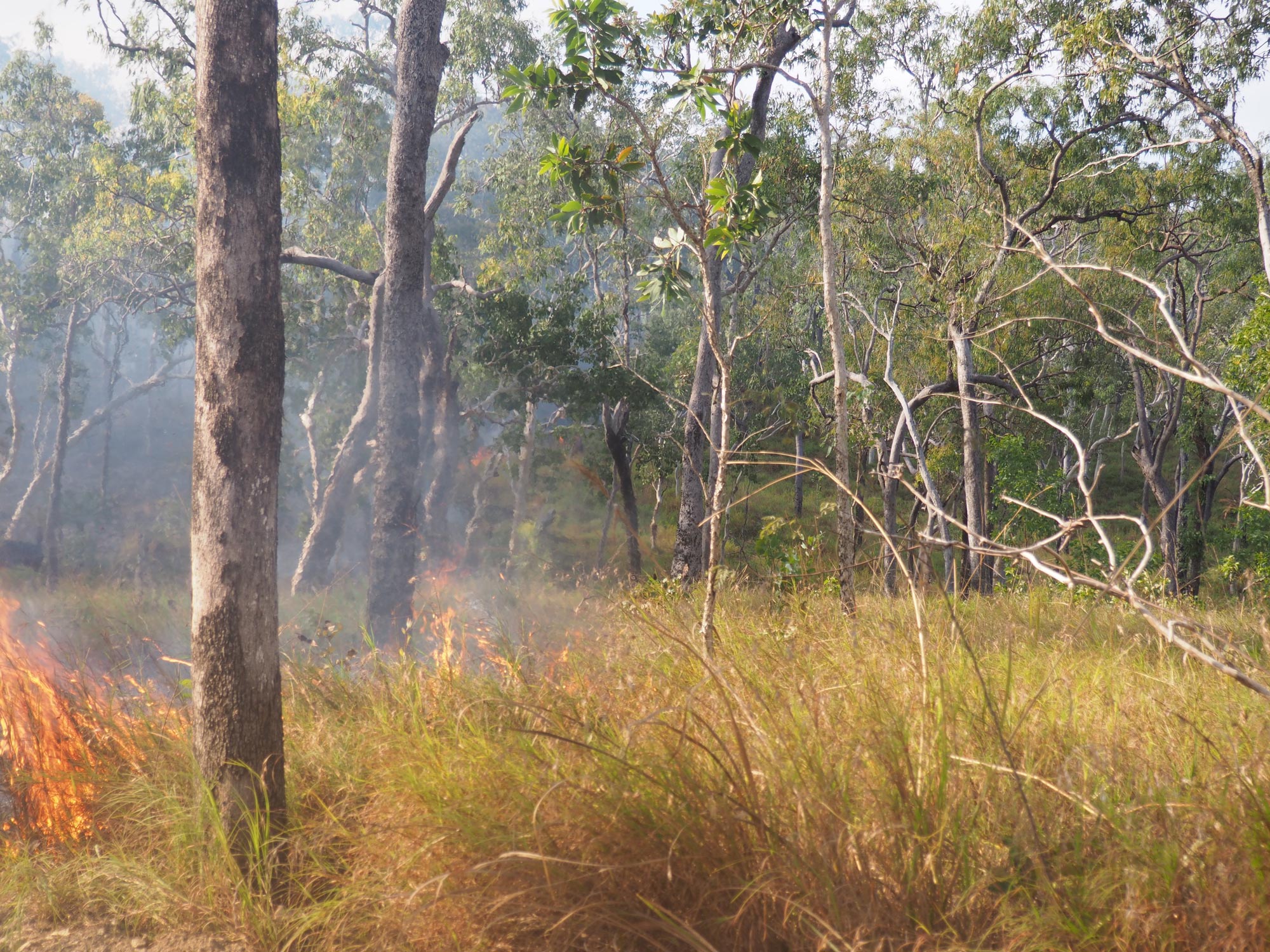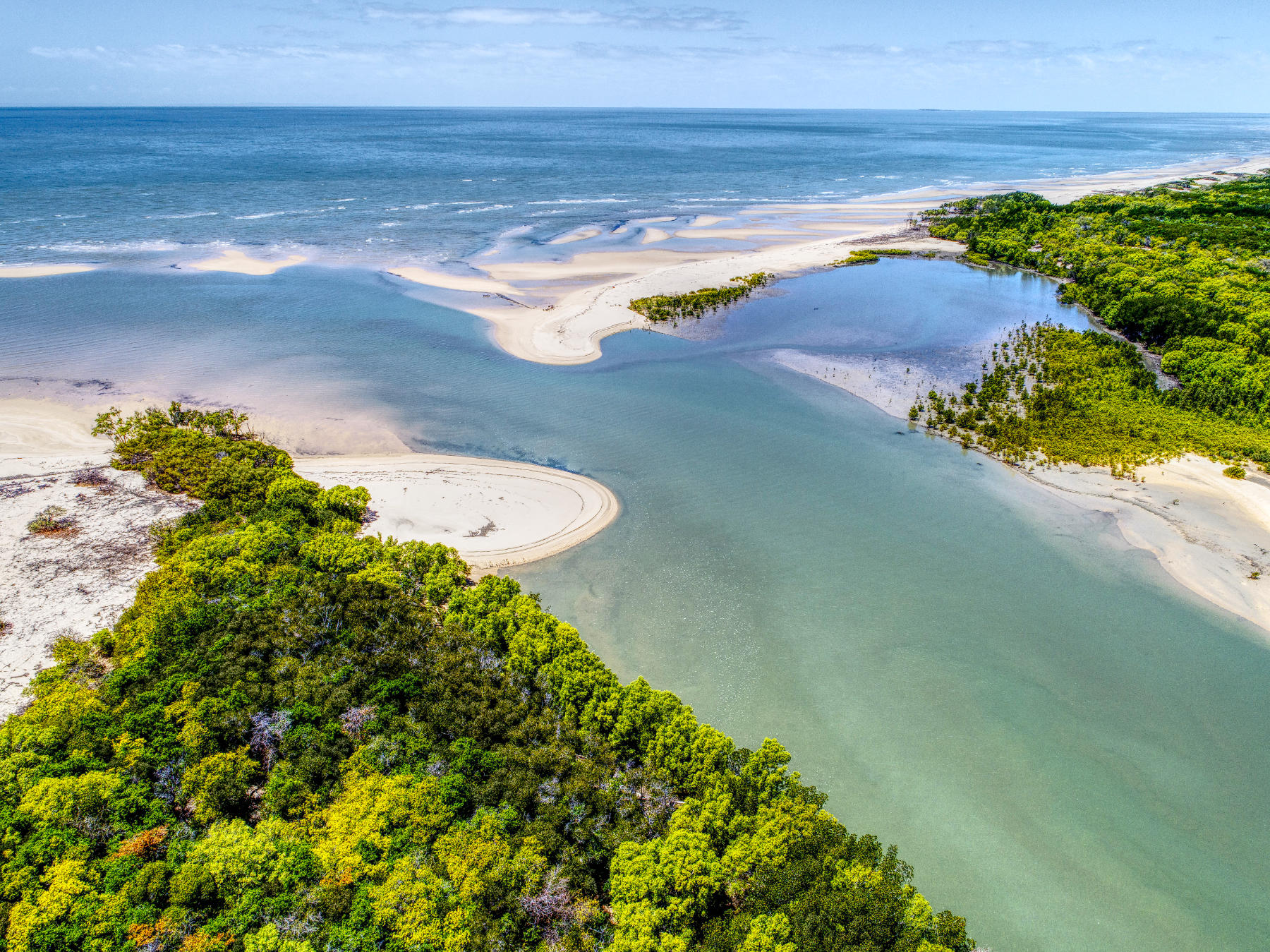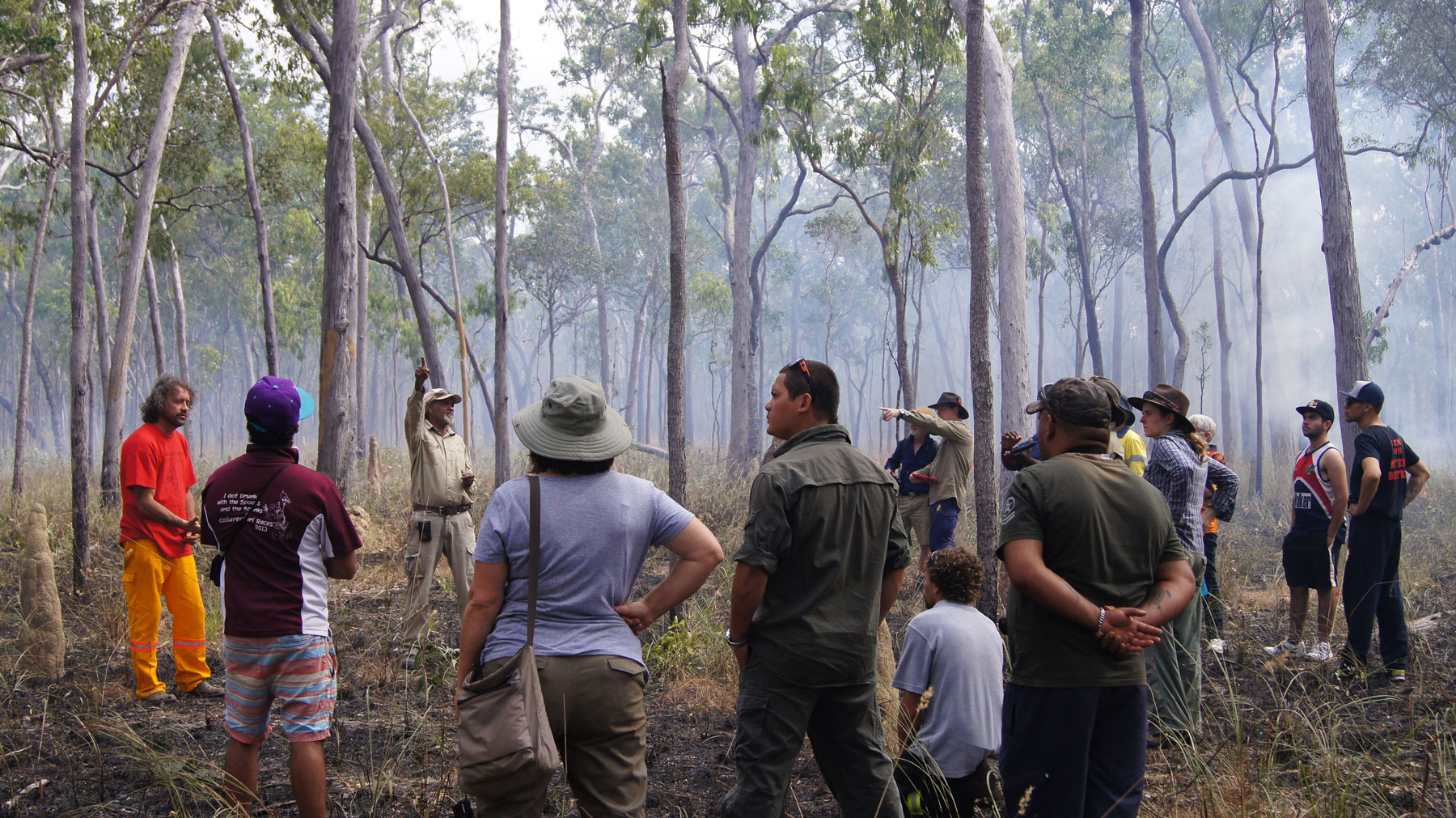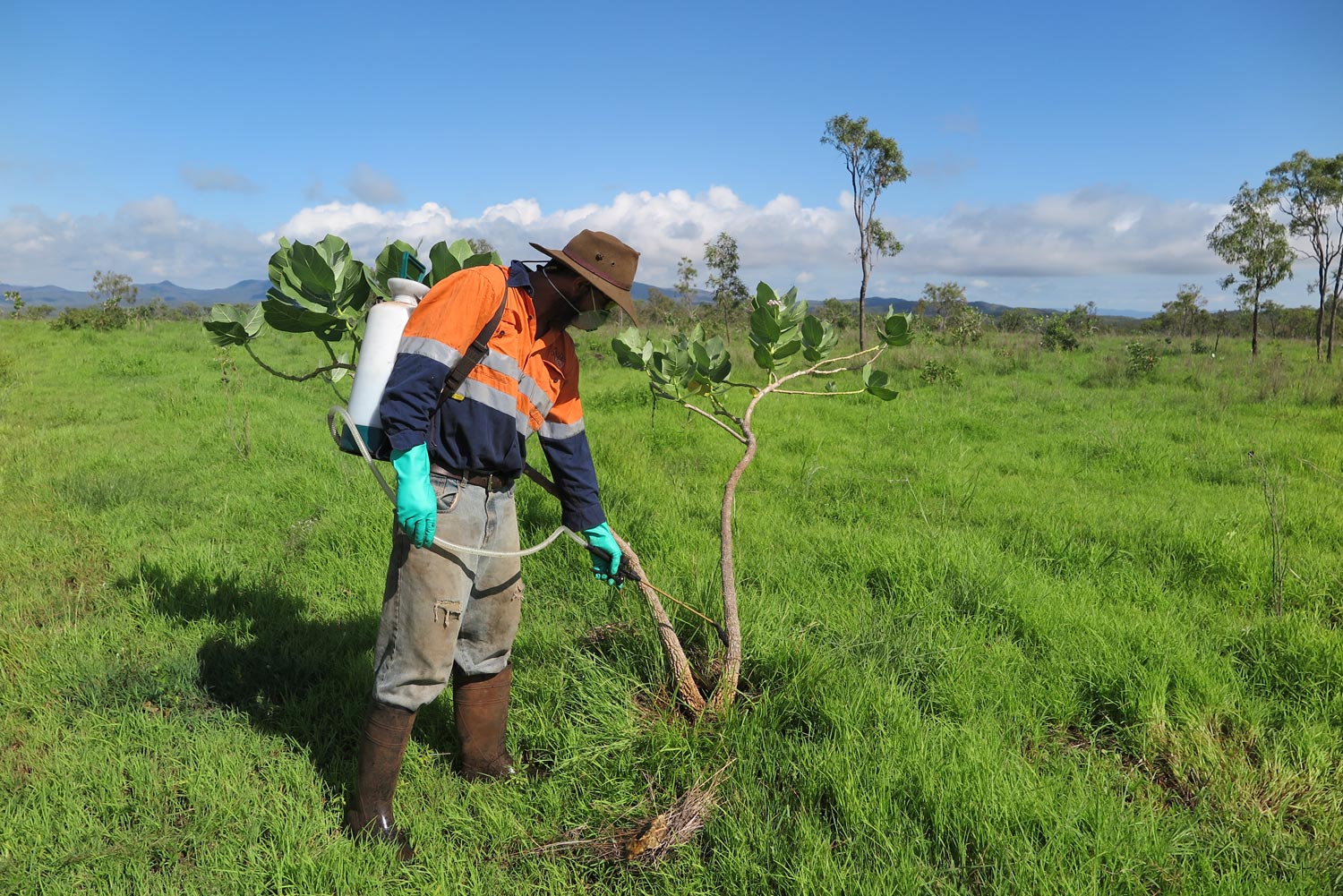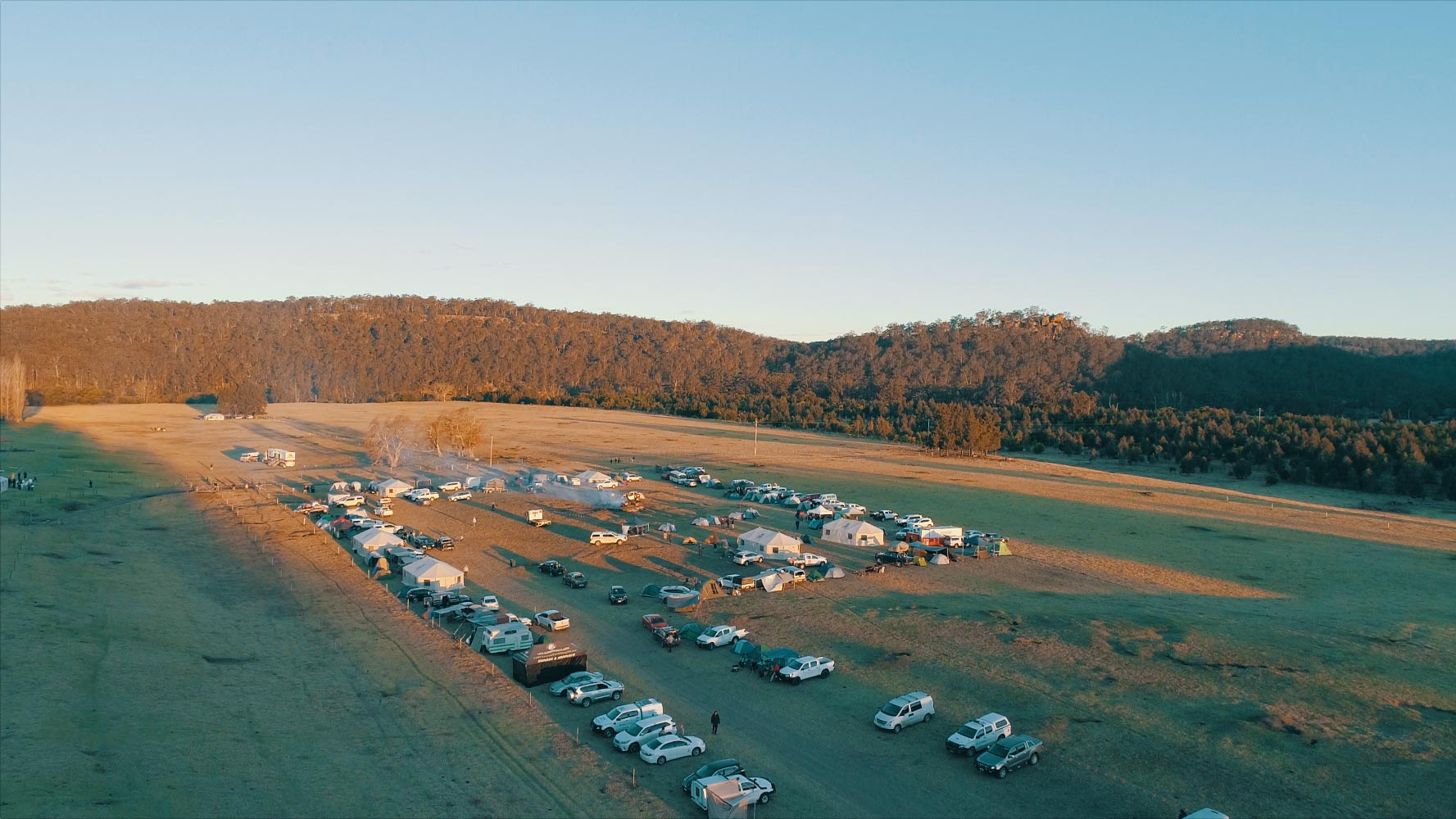Adaptation Pathway
Every year large areas of Cape York Peninsula burn at the wrong time, affecting the health and function of the landscape. Many vegetation types burn too hot, and some of these places should instead be protected from fire. The impacts of ongoing poor fire management in Cape York are not well understood. This adaptation pathway identifies actions that work toward improving governance of fire management on Cape York. The pathway brings together organisations and land managers of geographical clusters to work together across landscapes. The actions will connect people to exchange knowledge, collate information and data, develop technical resources, provide on-ground resources and provide training in implementing and monitoring of fire.
This will occur by supporting both western and Indigenous fire knowledge holders and practitioners to improve implementation of contemporary fire practice.
How was it identified
Poor fire management practices are a well-known issue on Cape York. Cape York NRM identified this as a key pathway through listening to the community's big concerns via long-term engagement, development of the regional investment strategy, experience in implementing landscape scale fire projects and years of delivering the Indigenous Fire Workshop.
Cape York NRM analysed the past 15 years of fire history on Cape York in addition to previous and current fire projects and research papers. This analysis has been further informed by partnerships with Traditional owners, scientists and technical experts as well as discussions with research bodies and Government organisations implementing and developing the savannah burning methodology. Cape York NRM have been developing monitoring tools with Cape York NRM’s regional delivery partners, developing and sharing resources with land managers, undertaking case studies, meeting with Carbon businesses and working with land managers implementing fire projects.
Fire is a critical factor in the context of climate change impacts on Cape York, as discussed by the regional climate reports.



